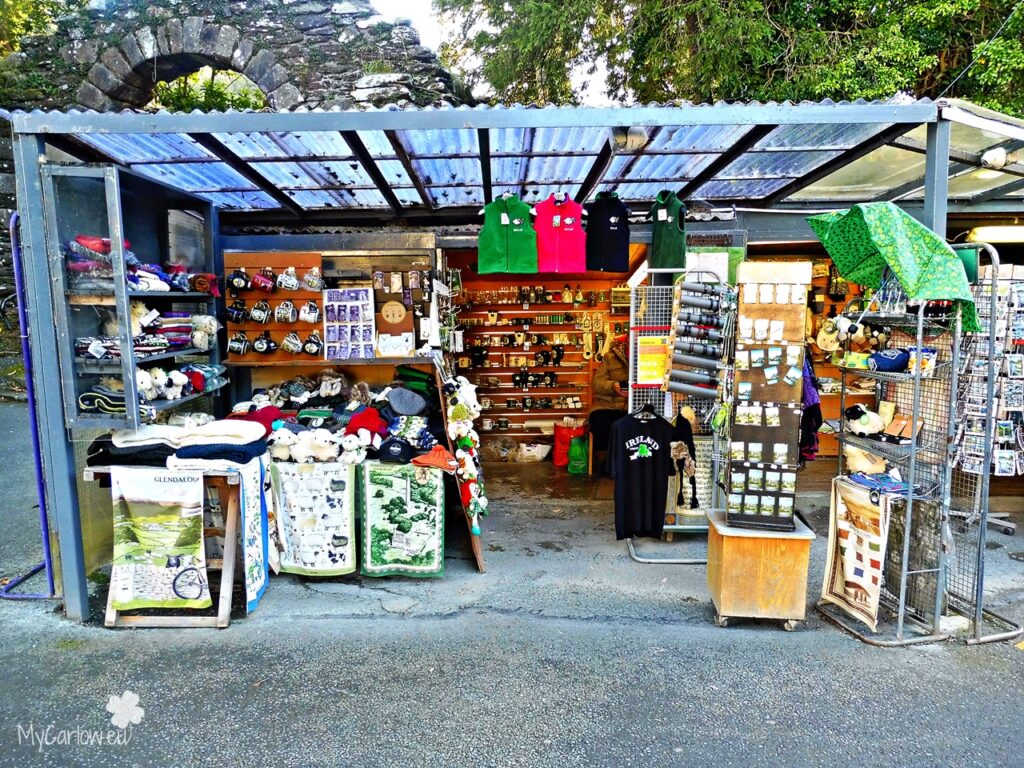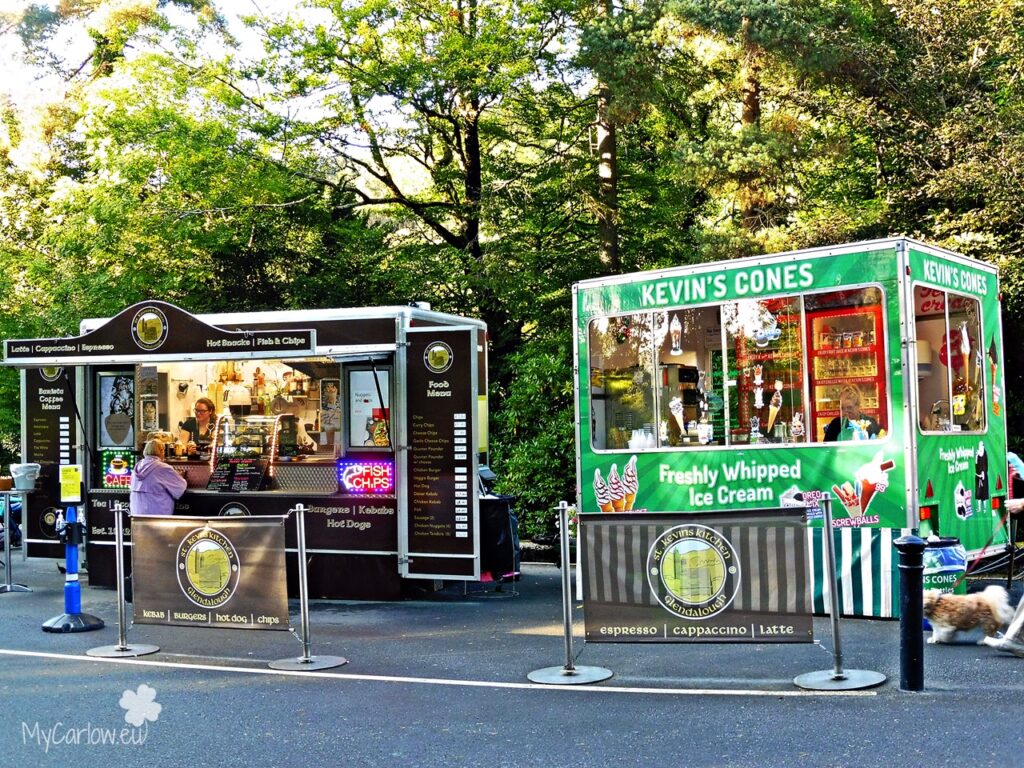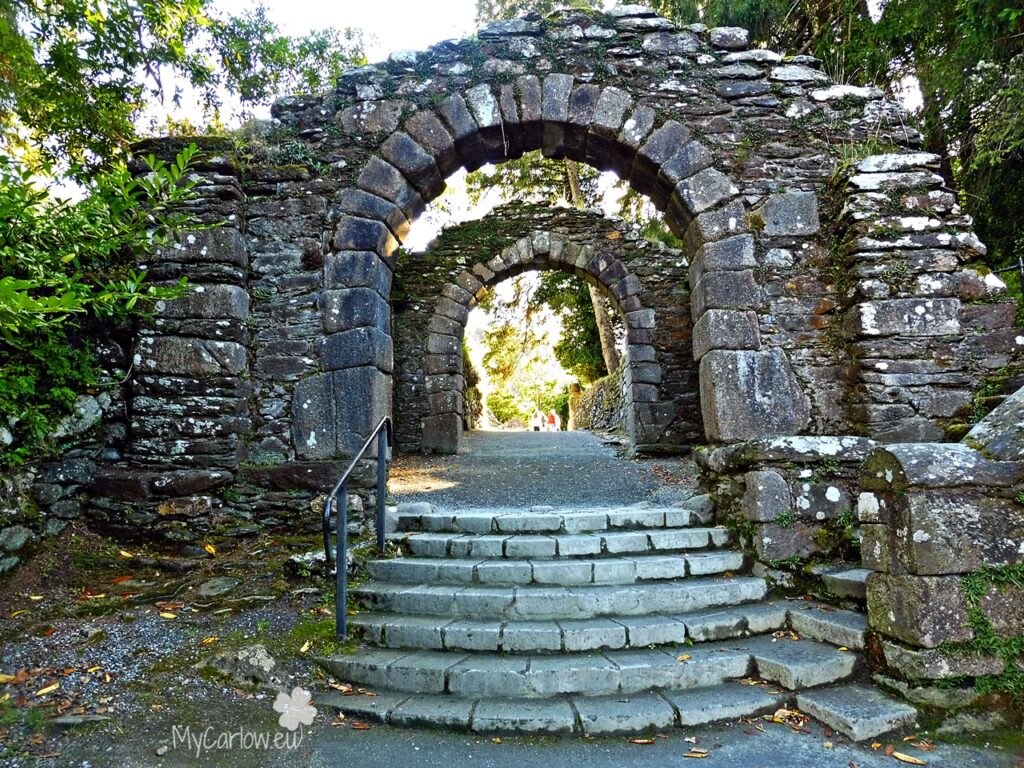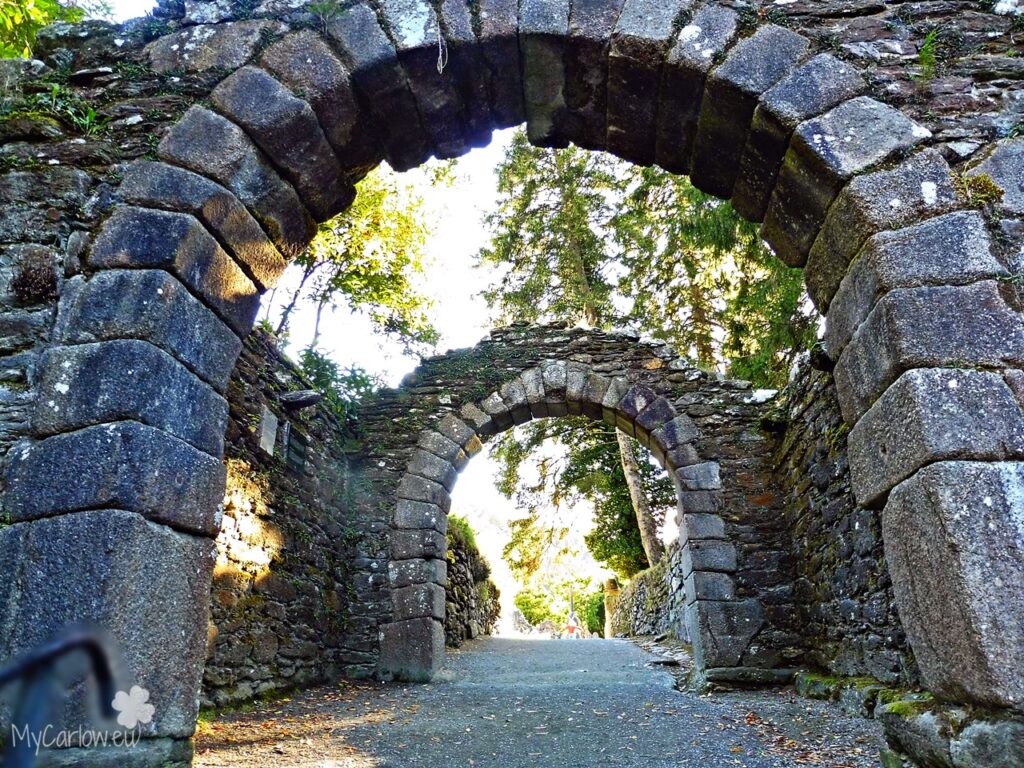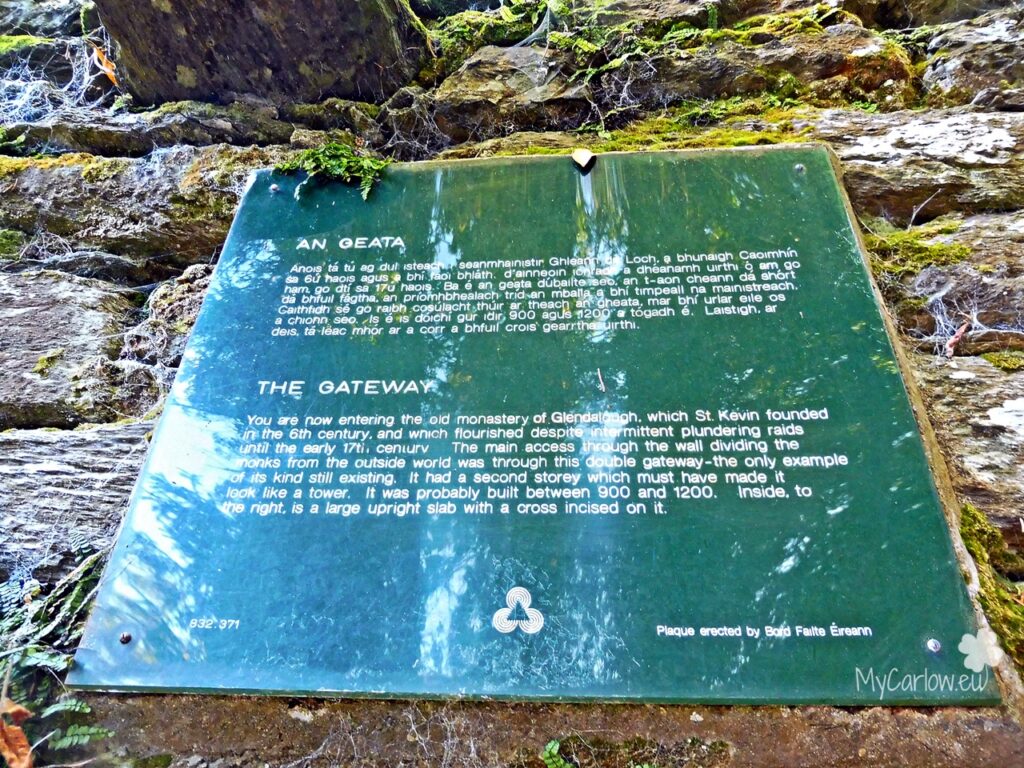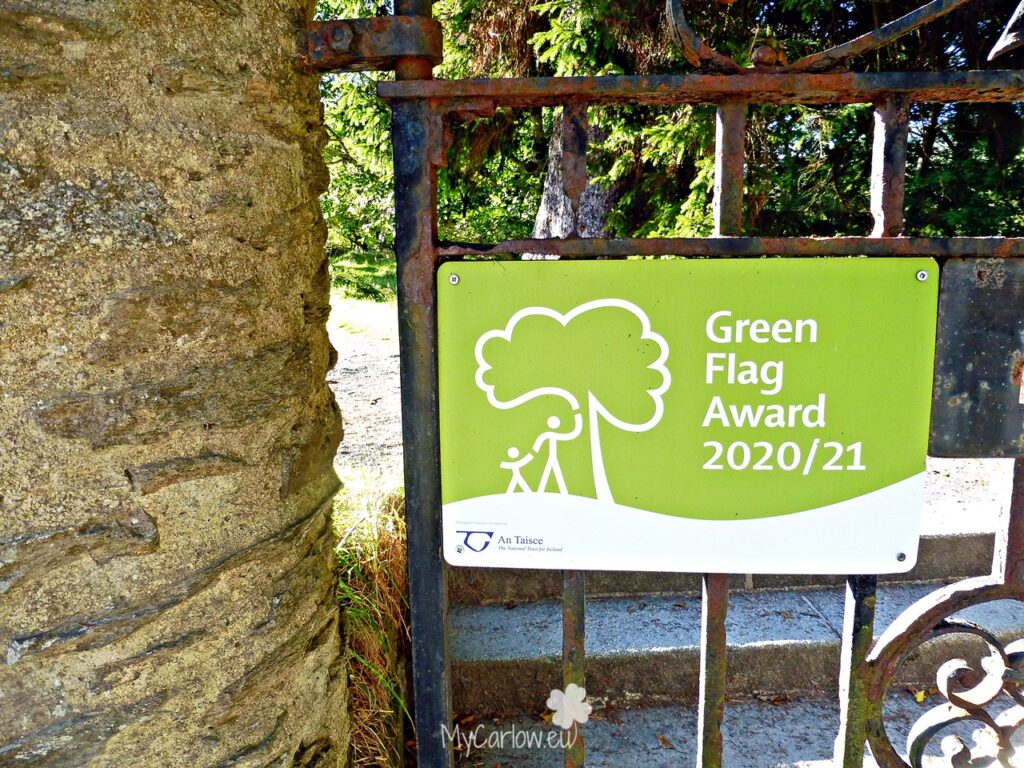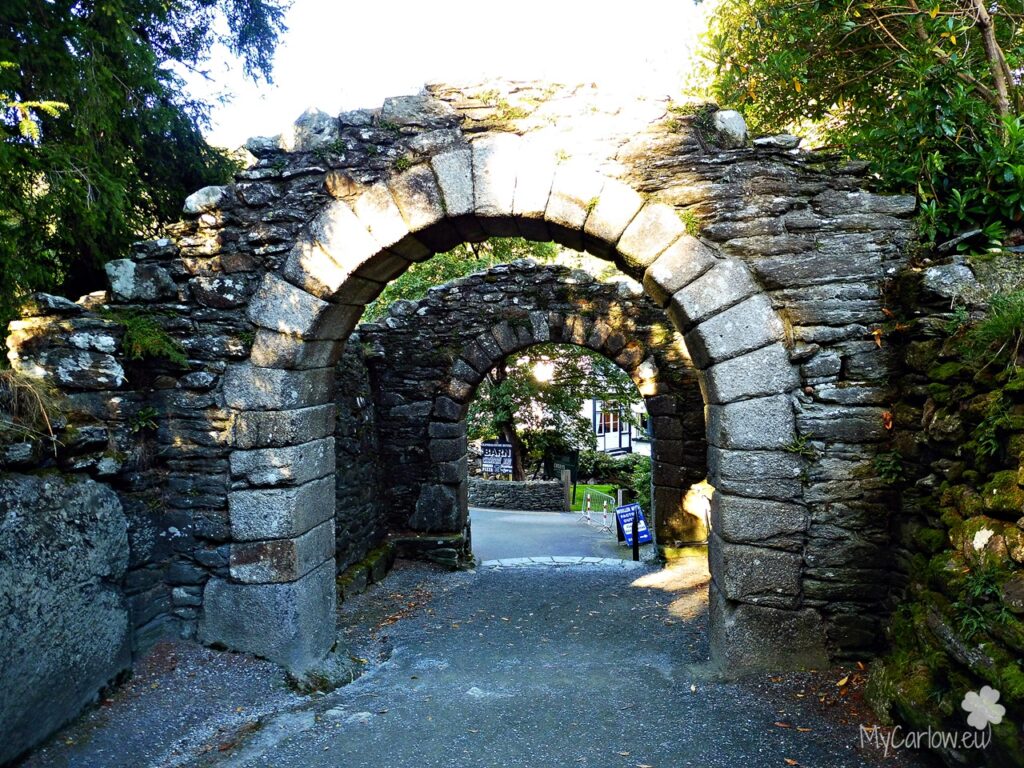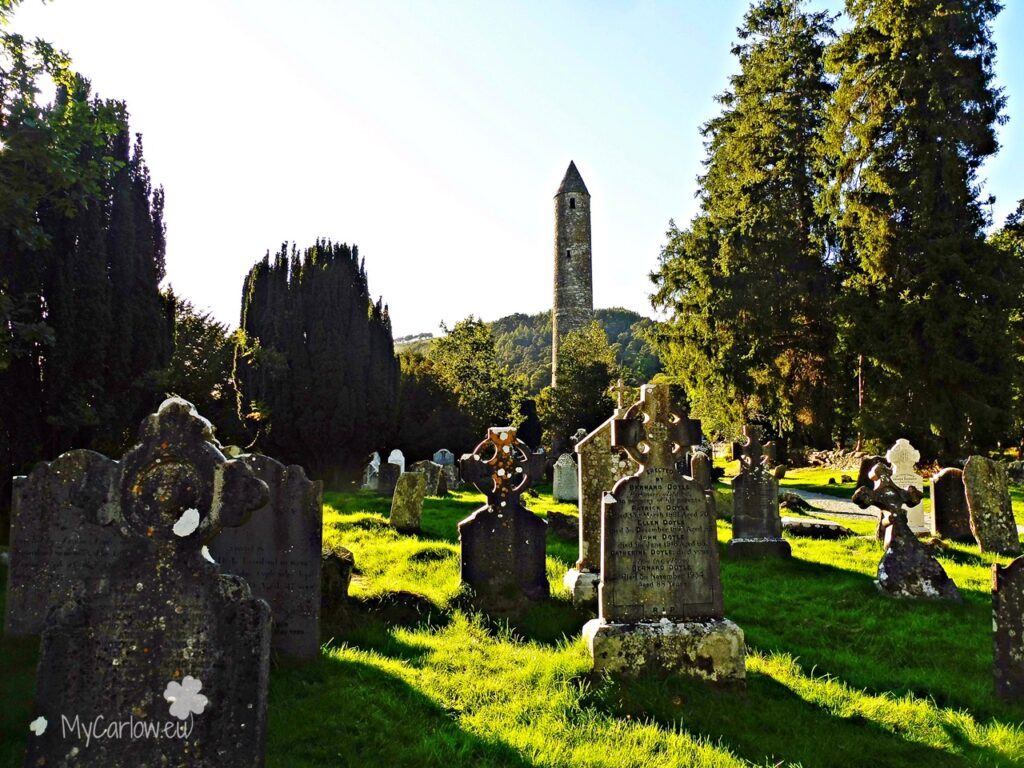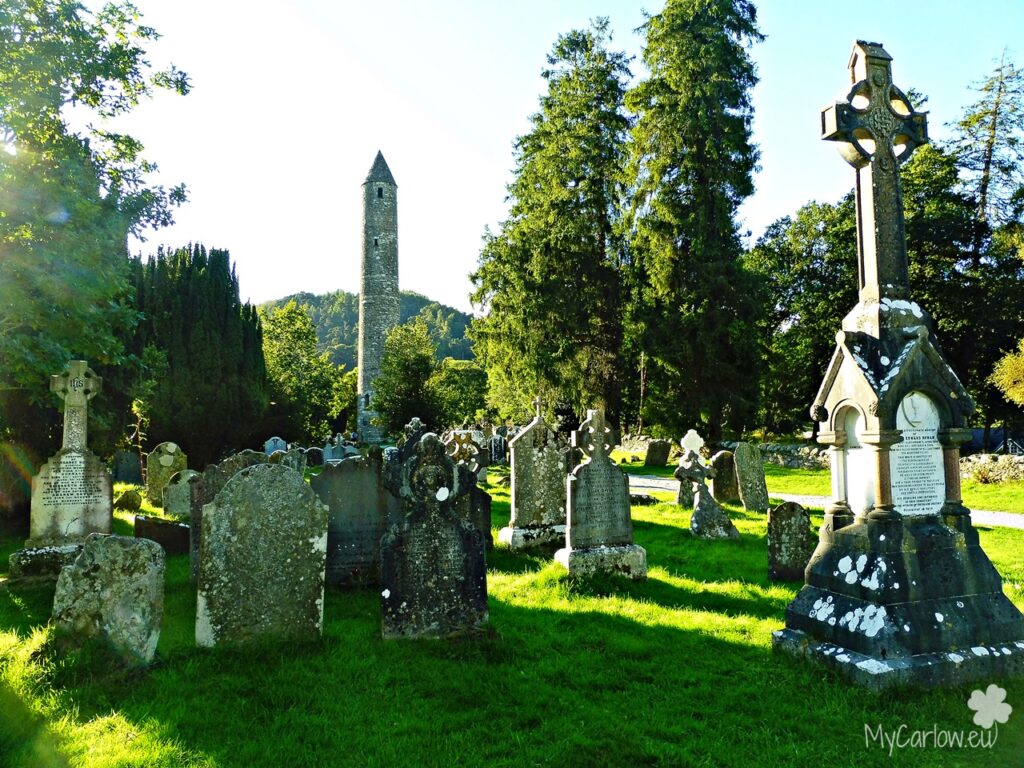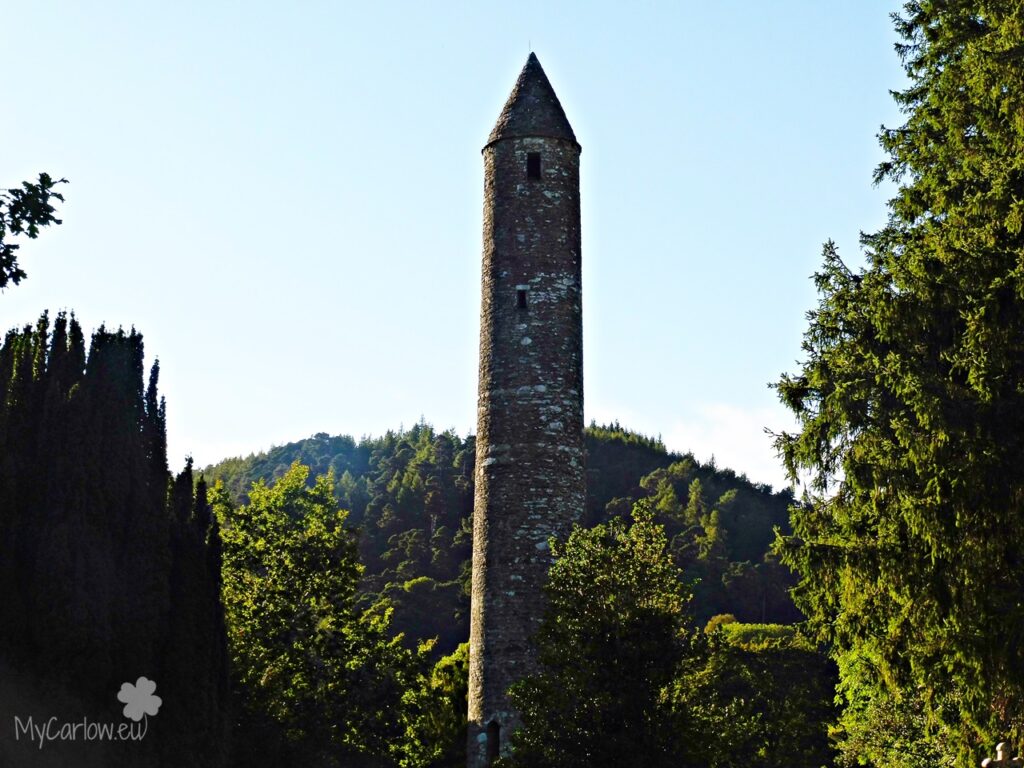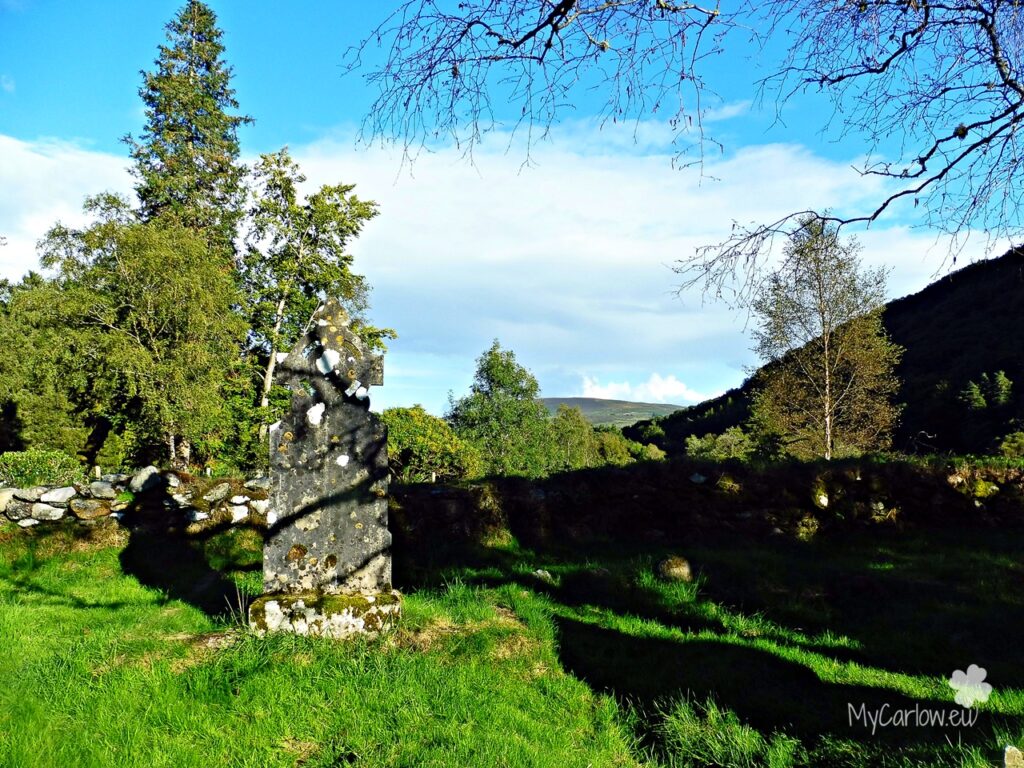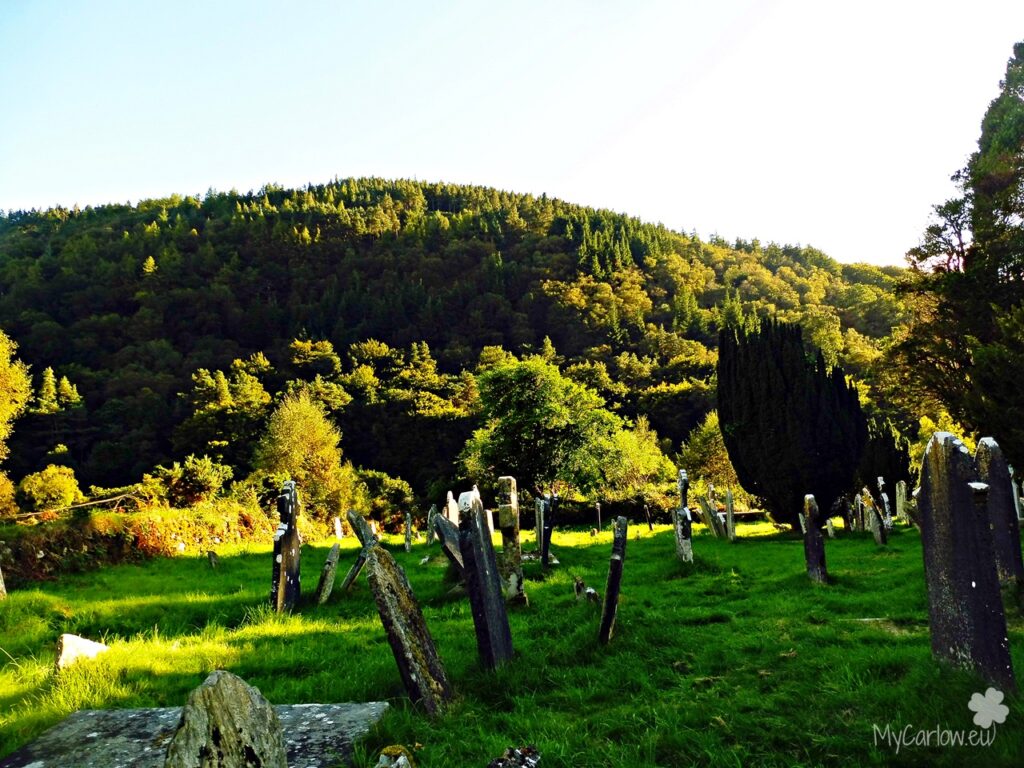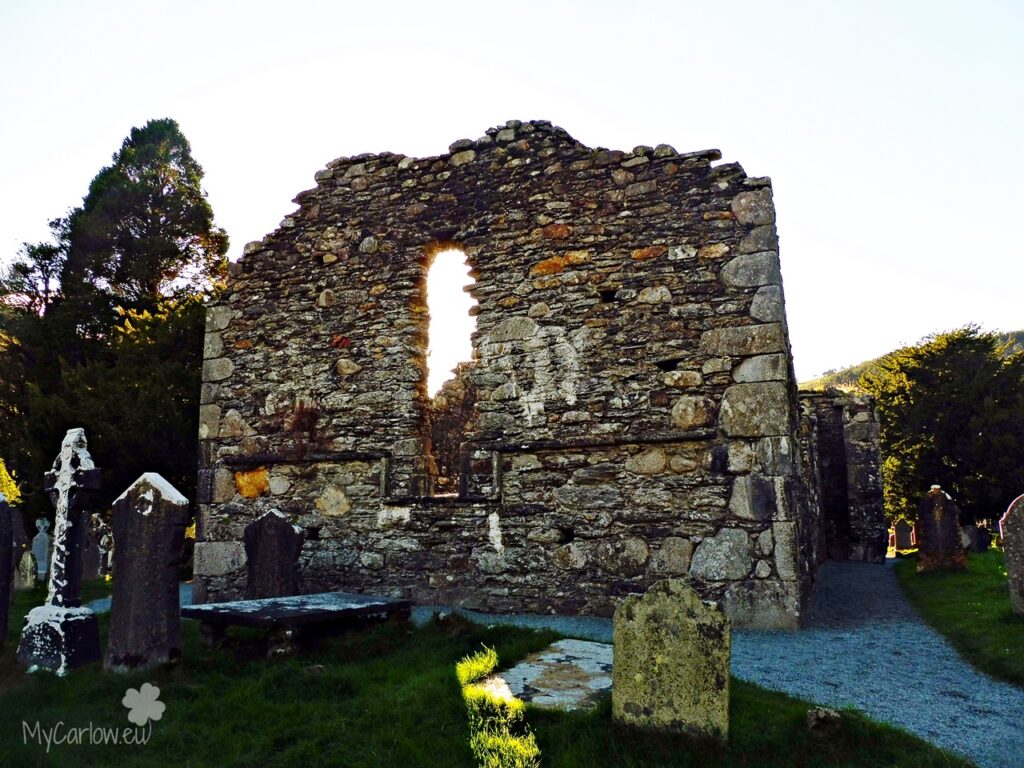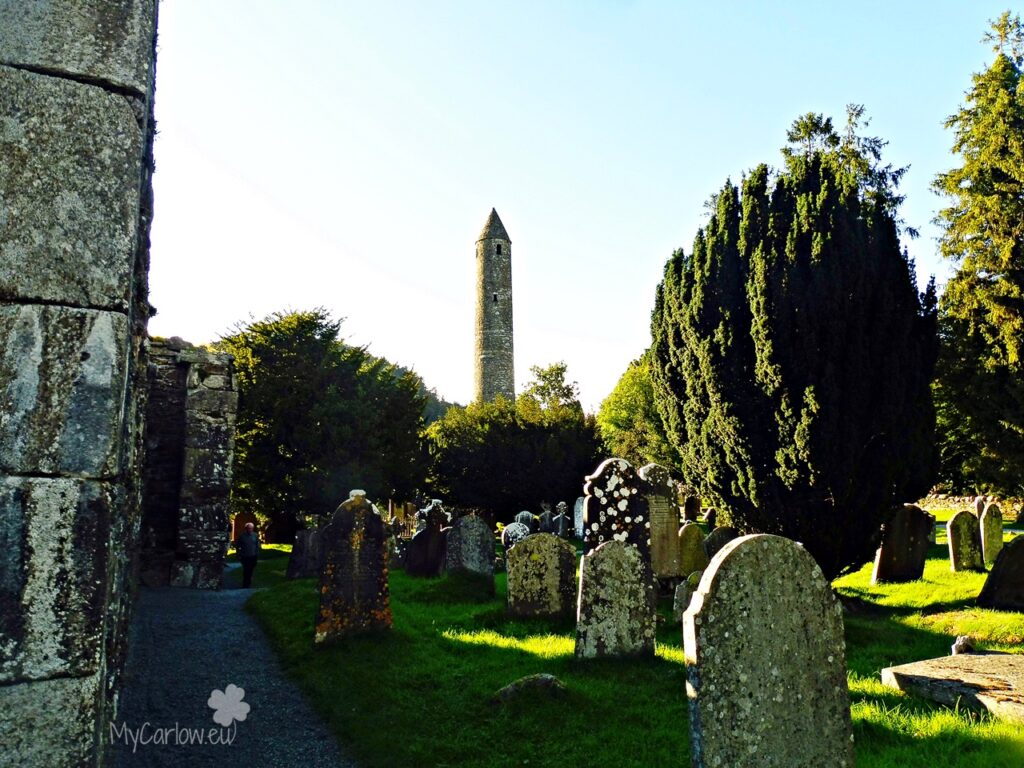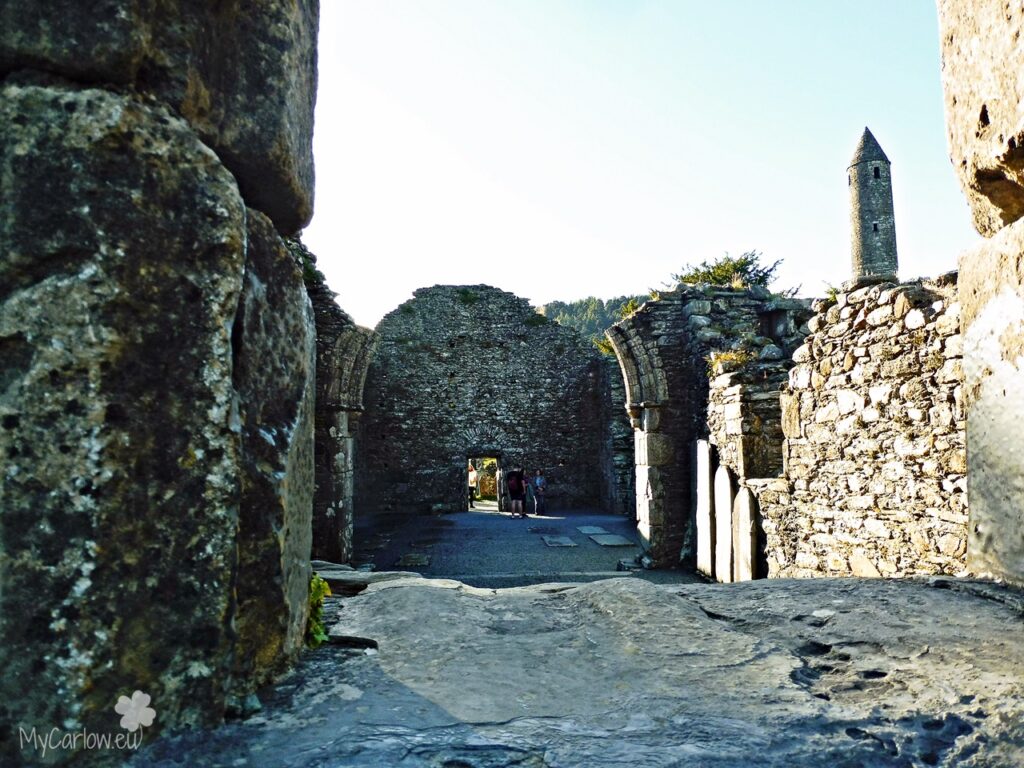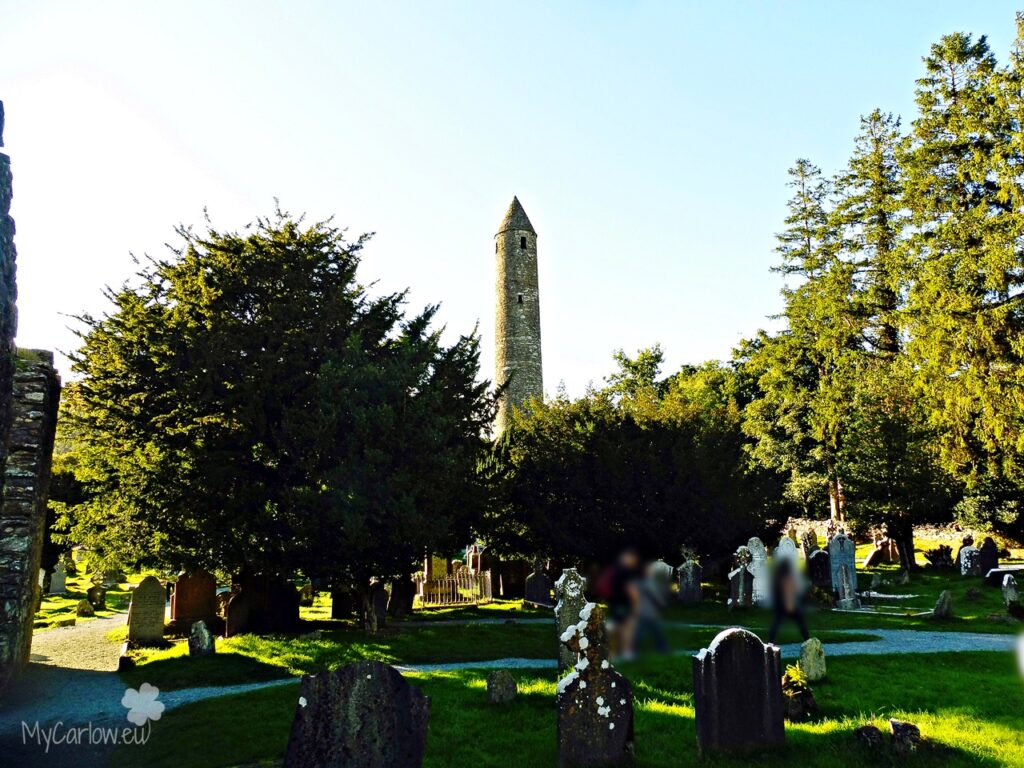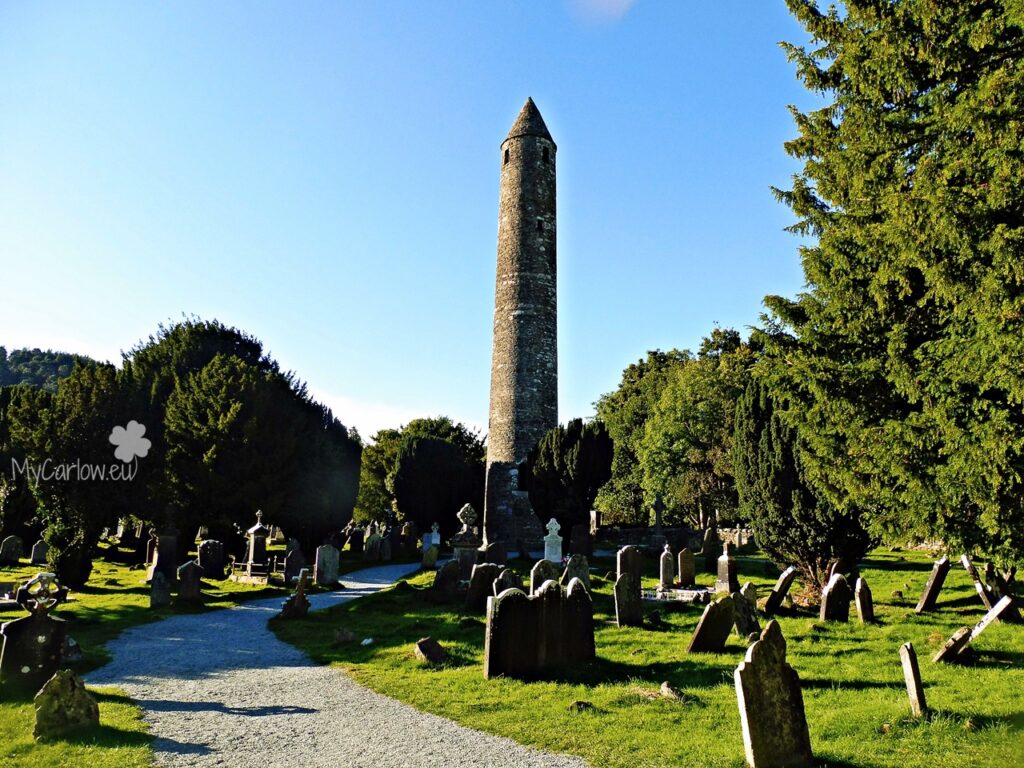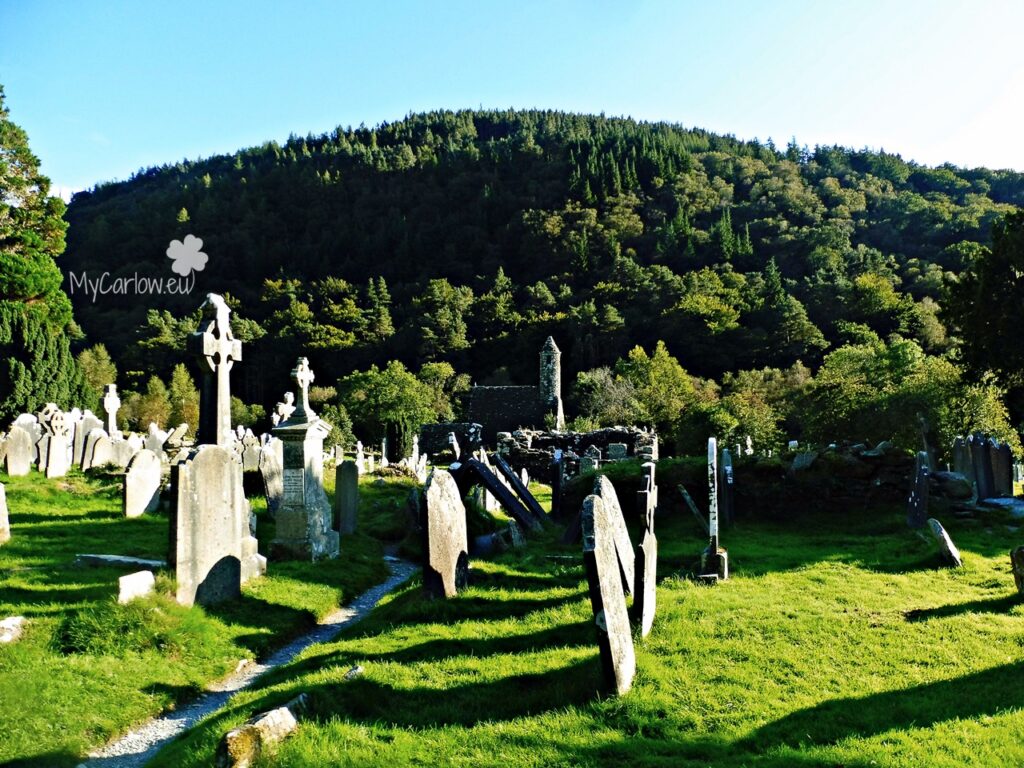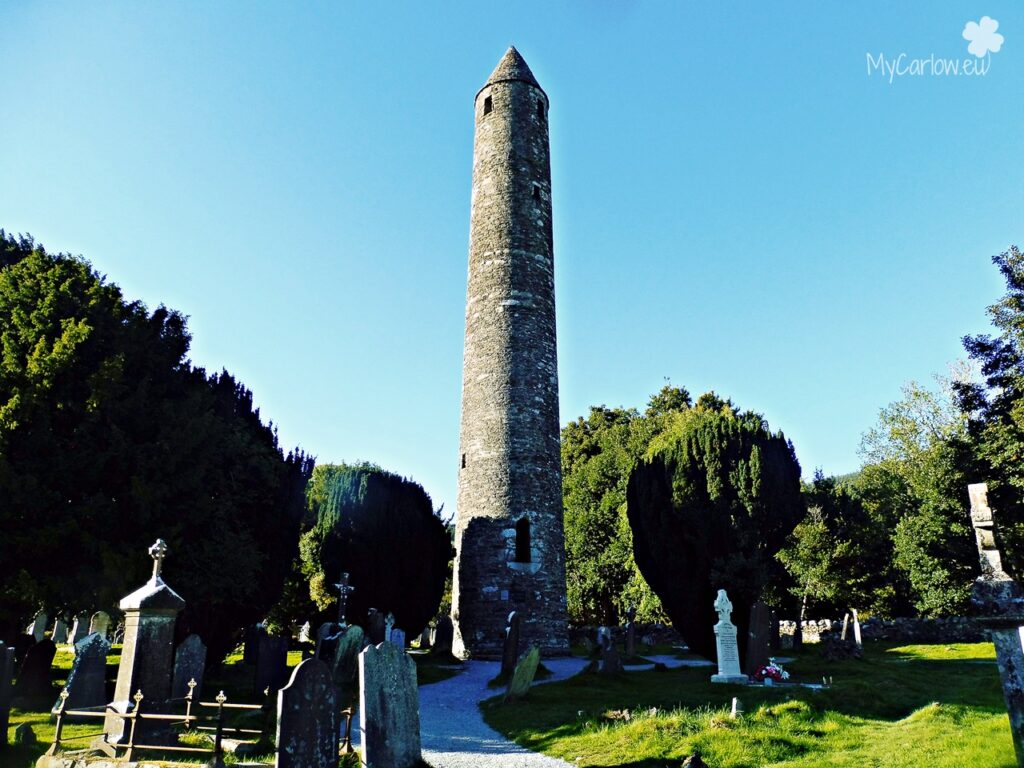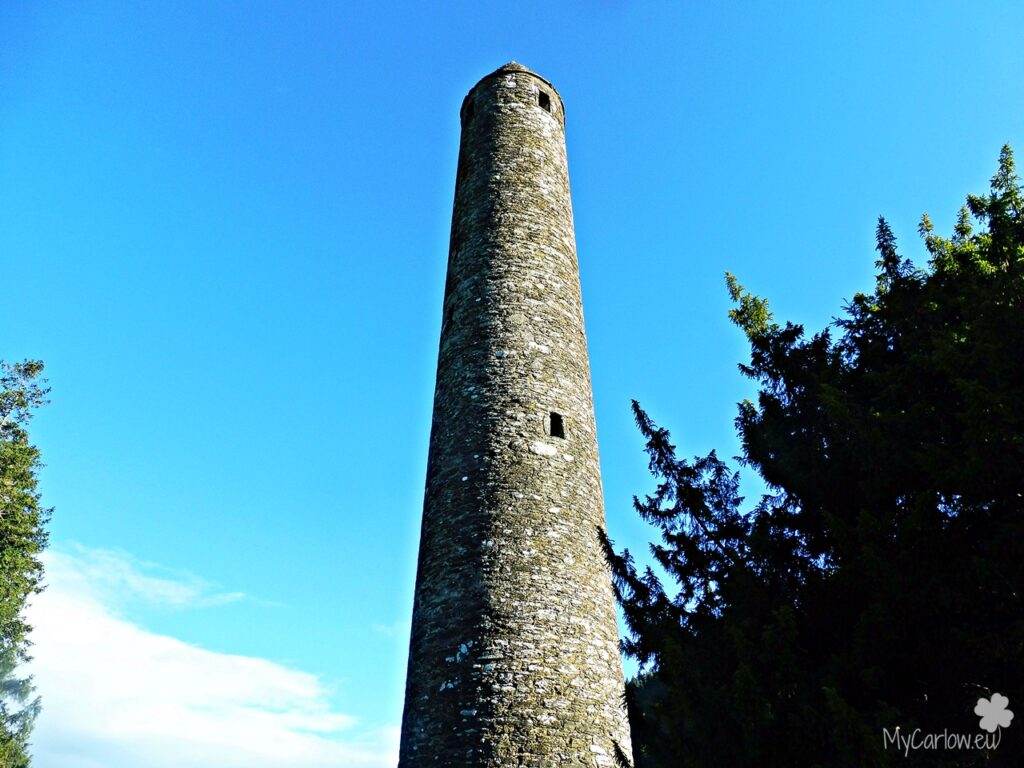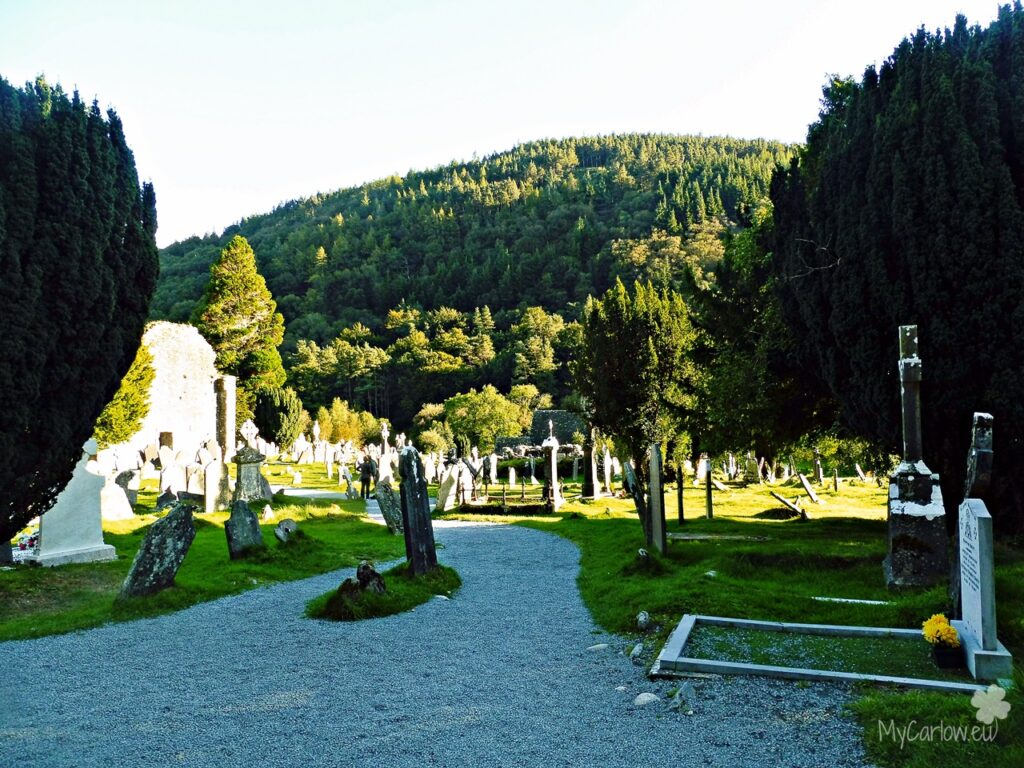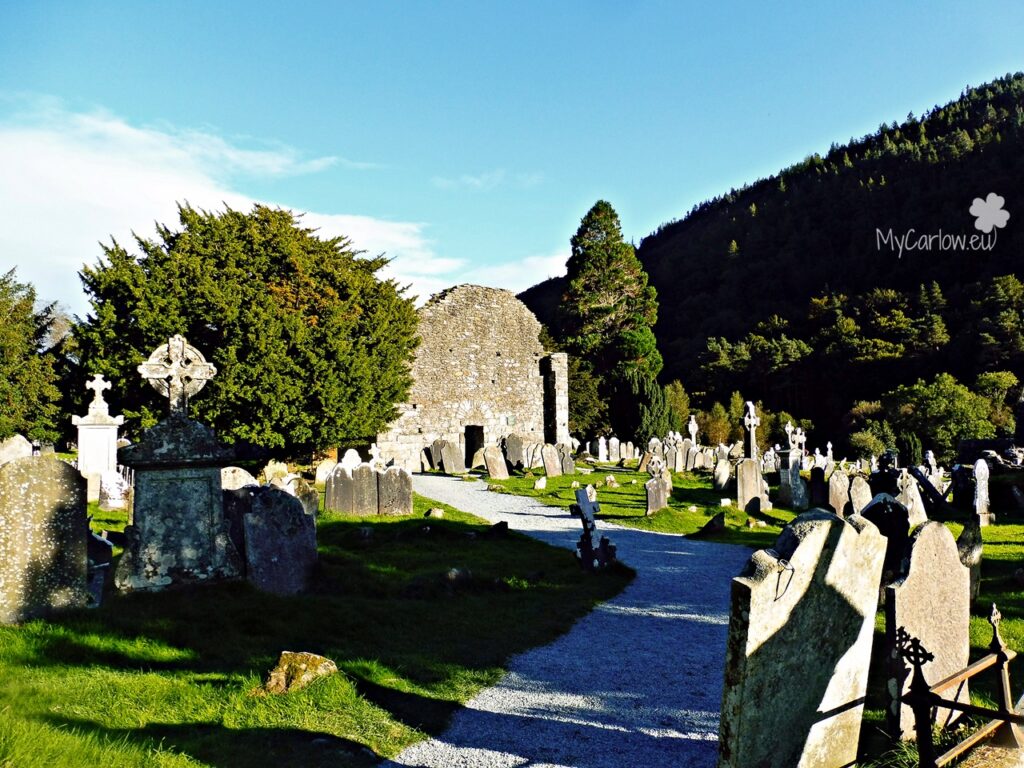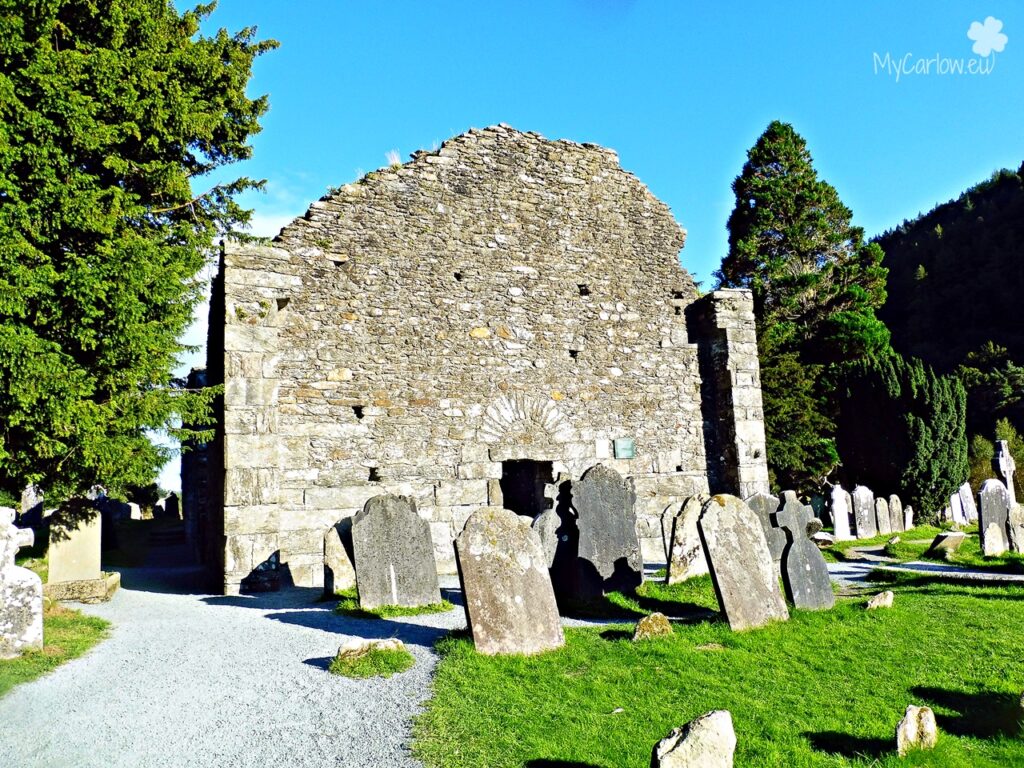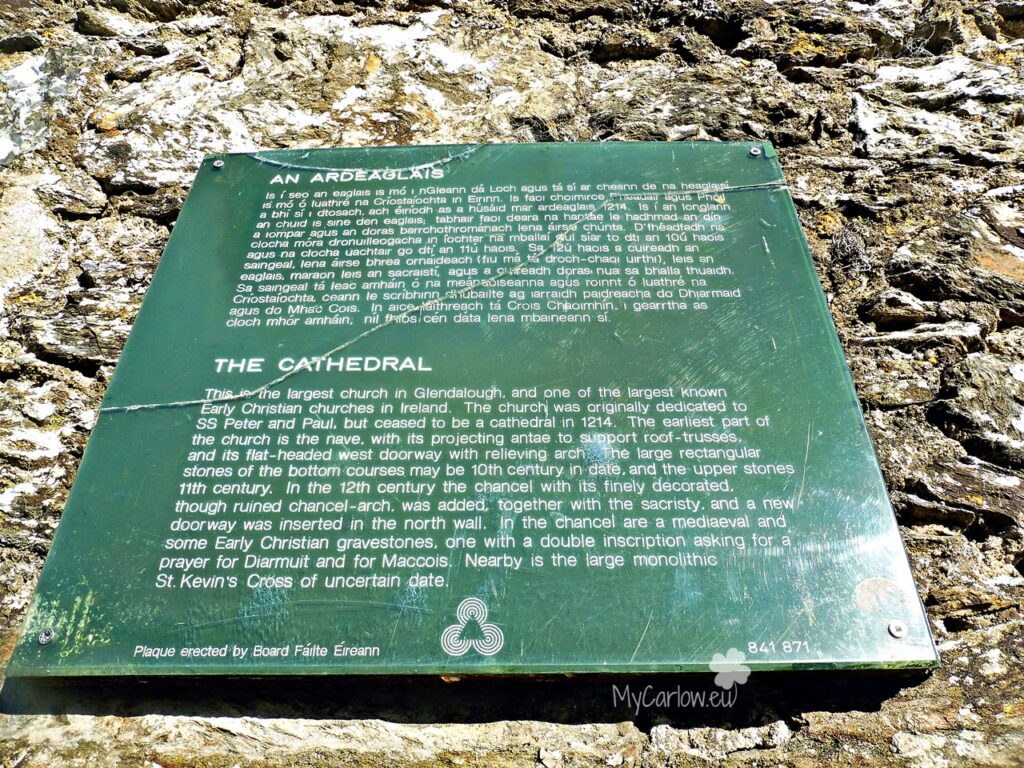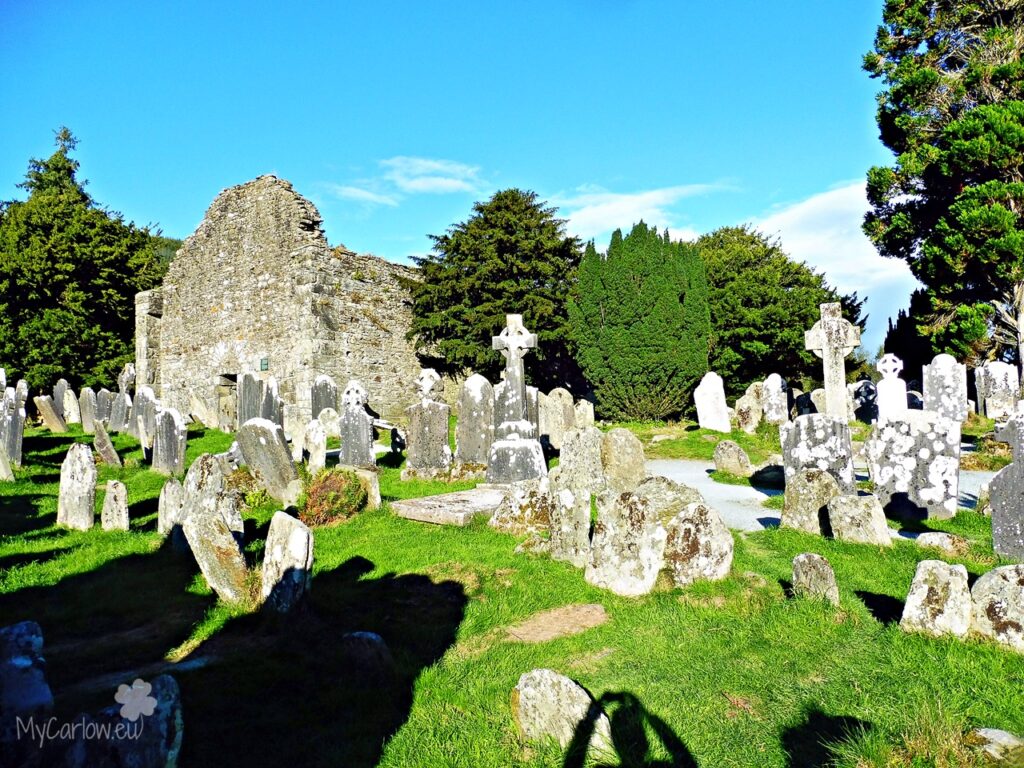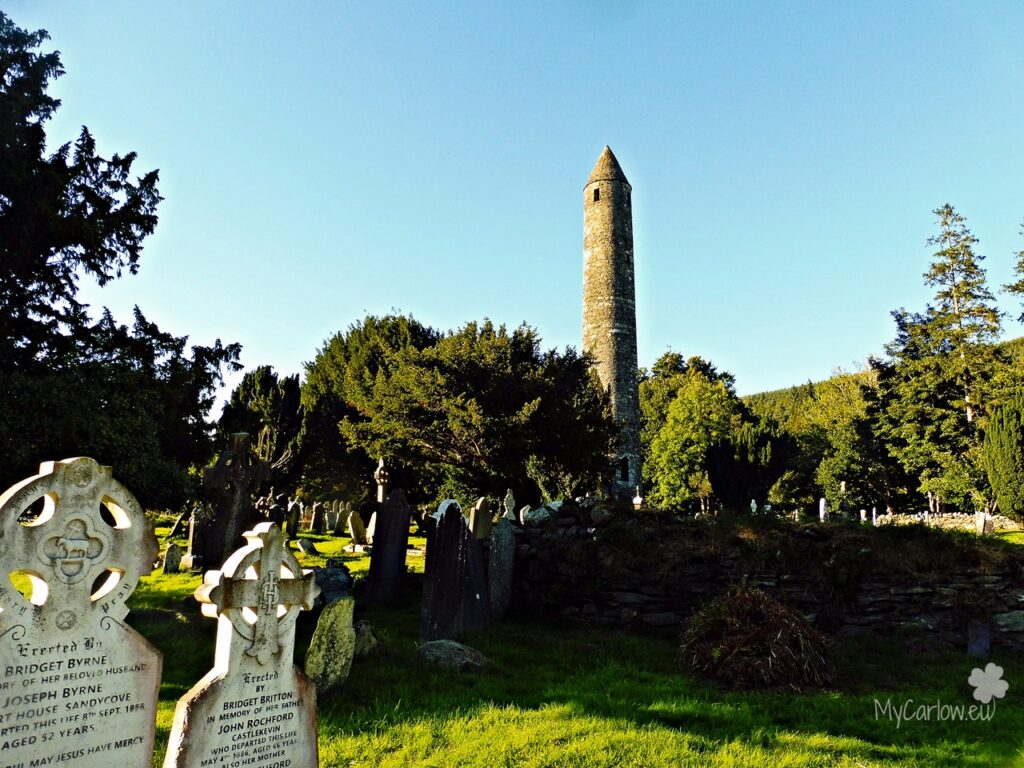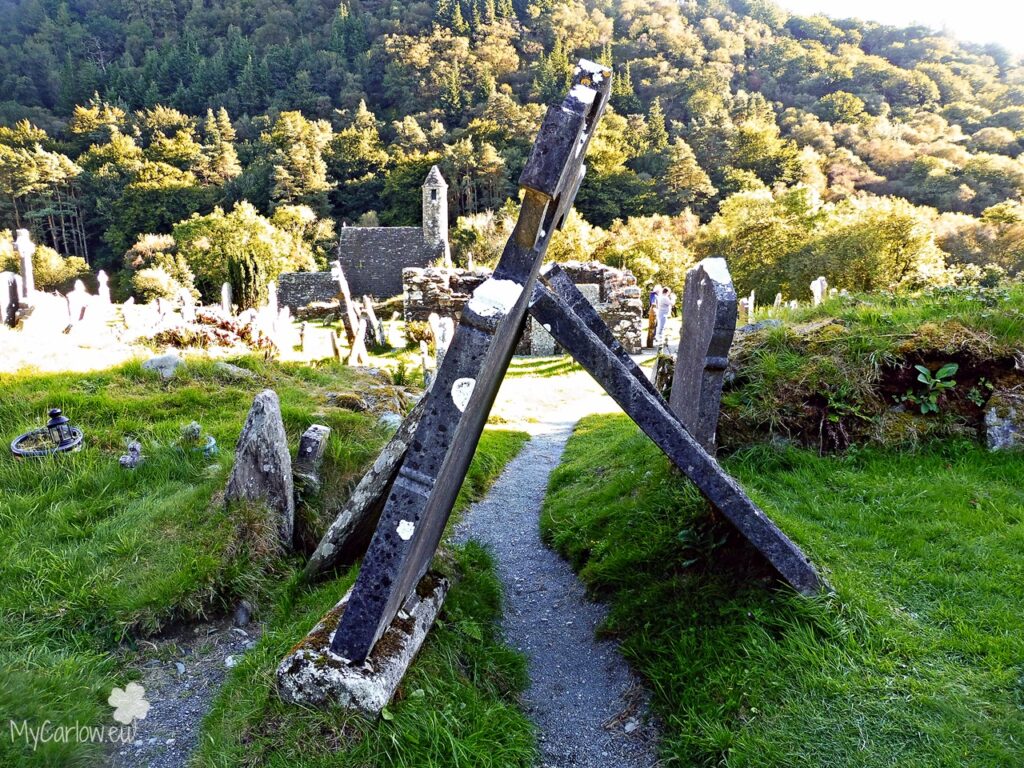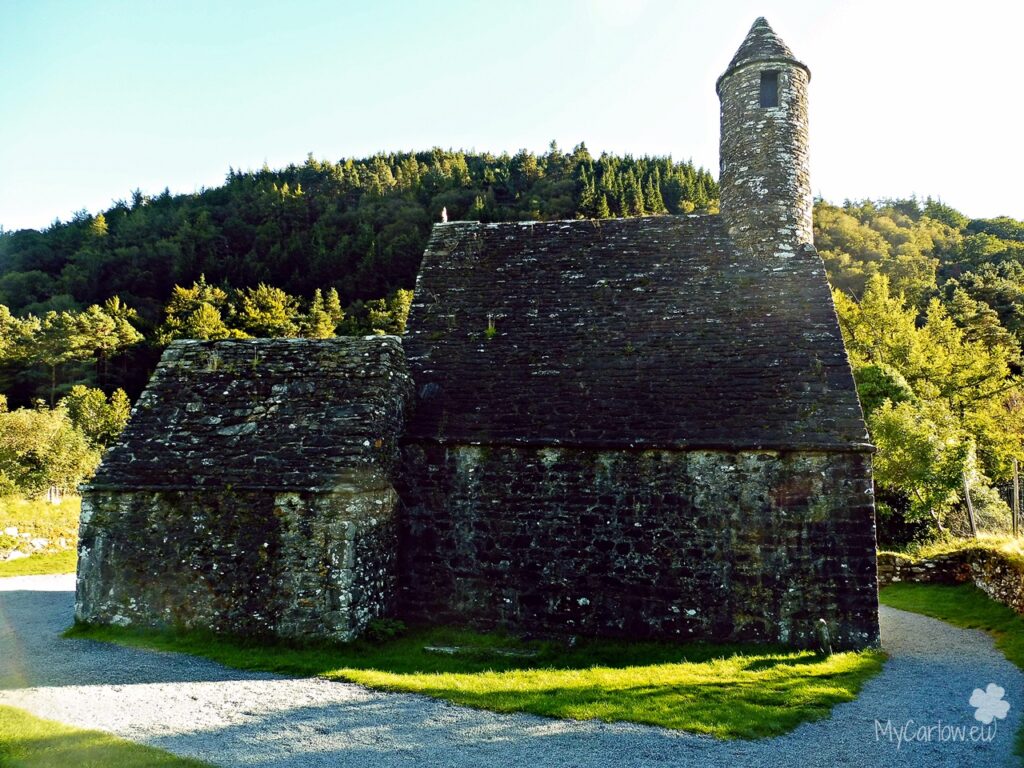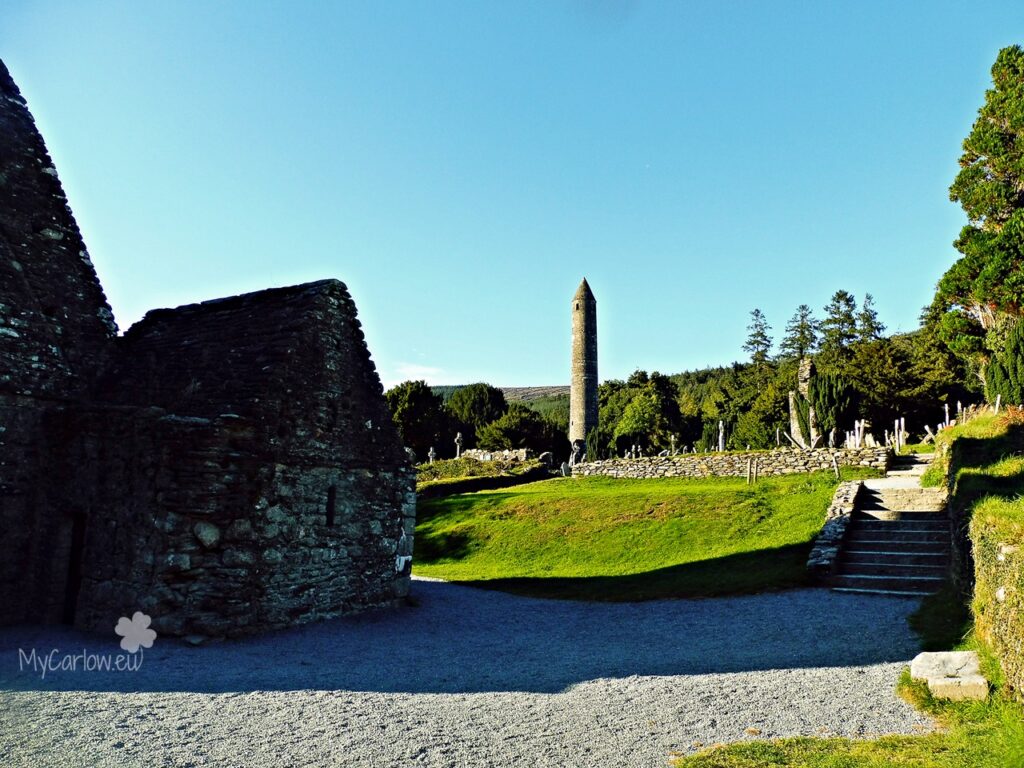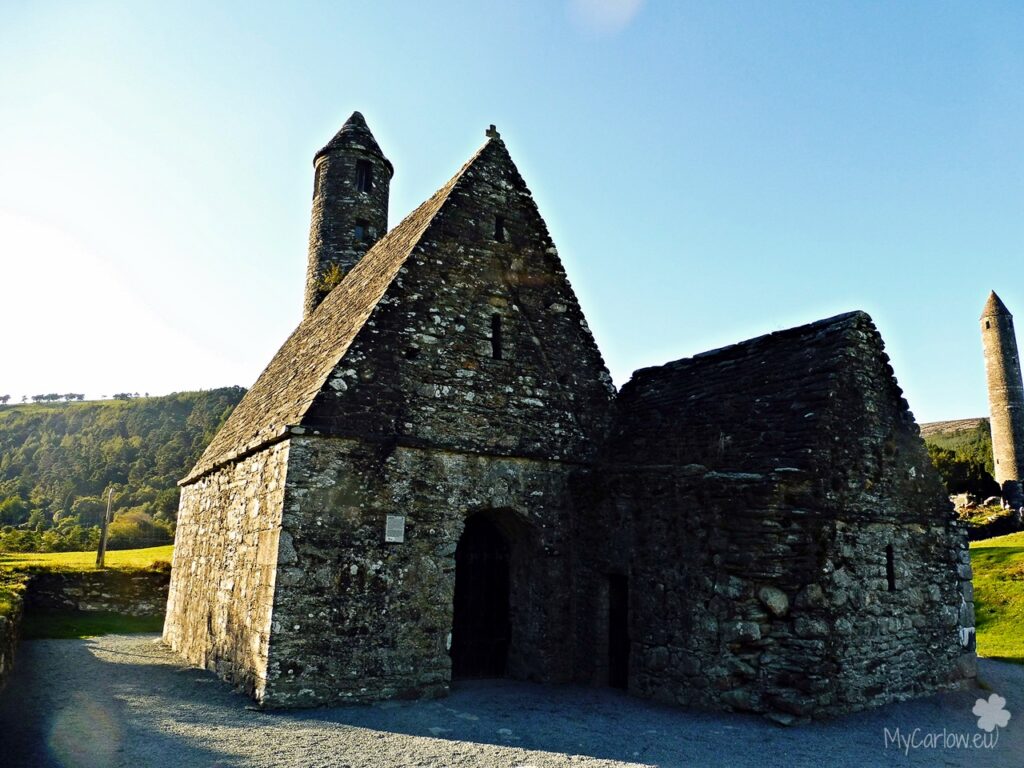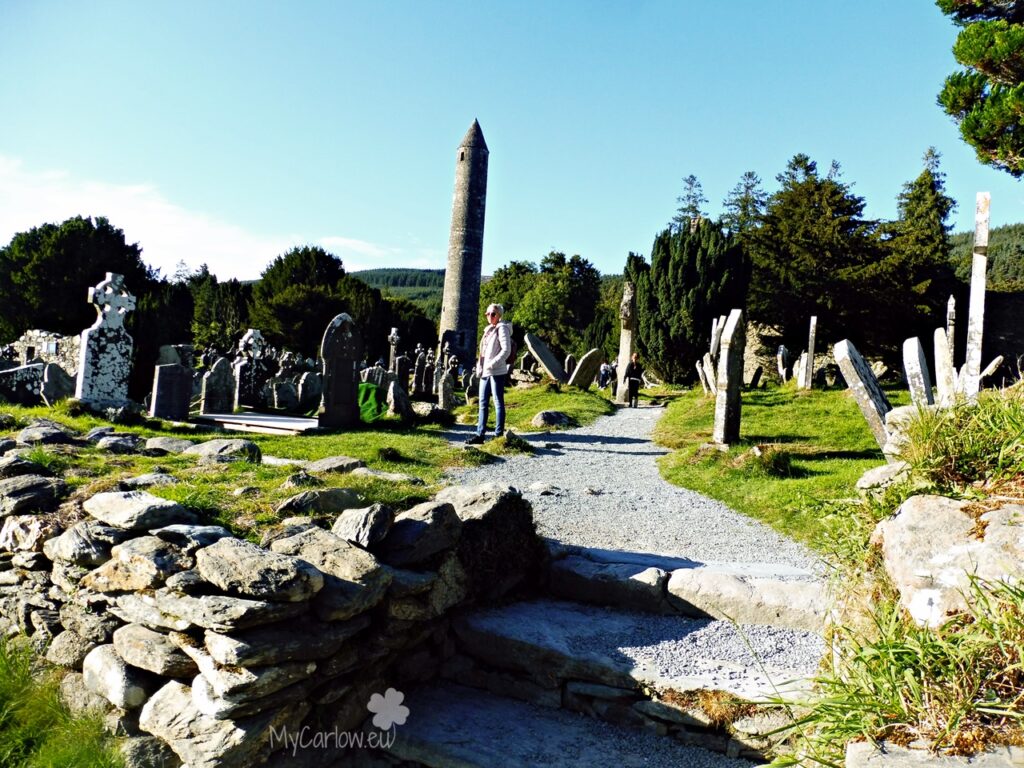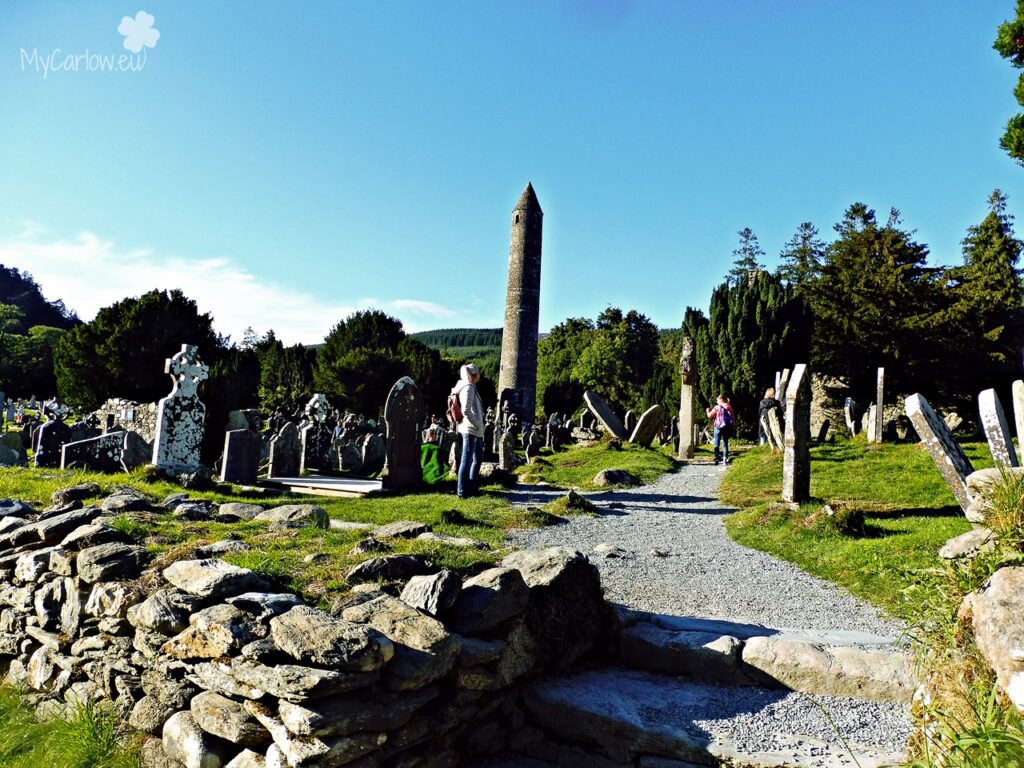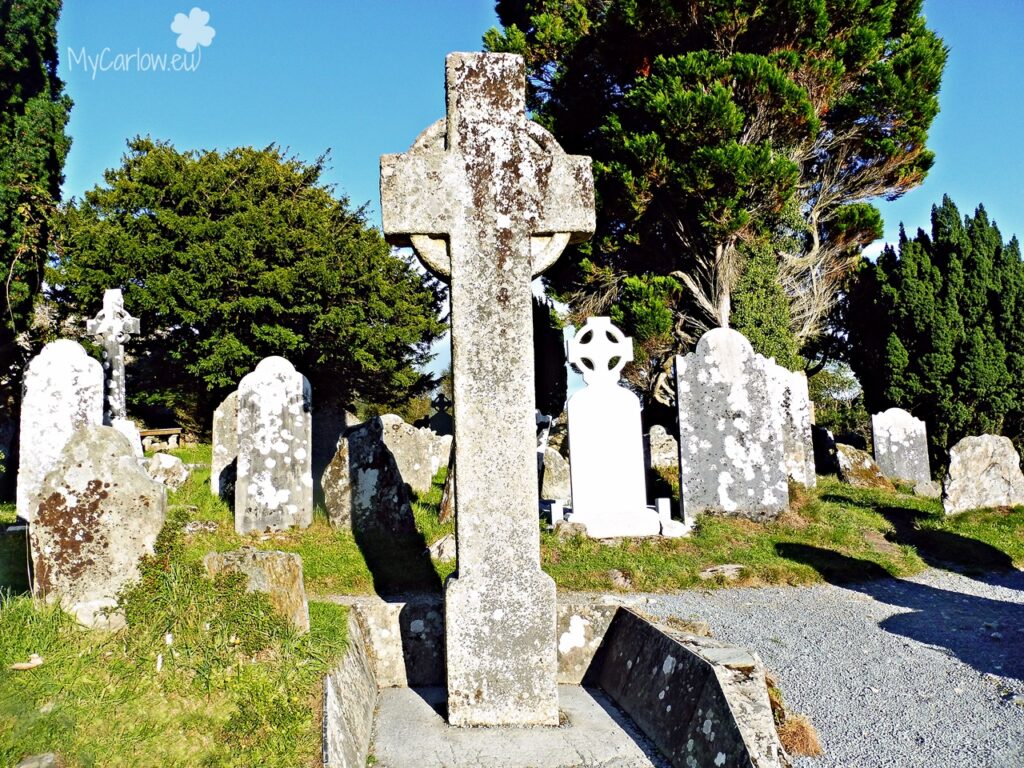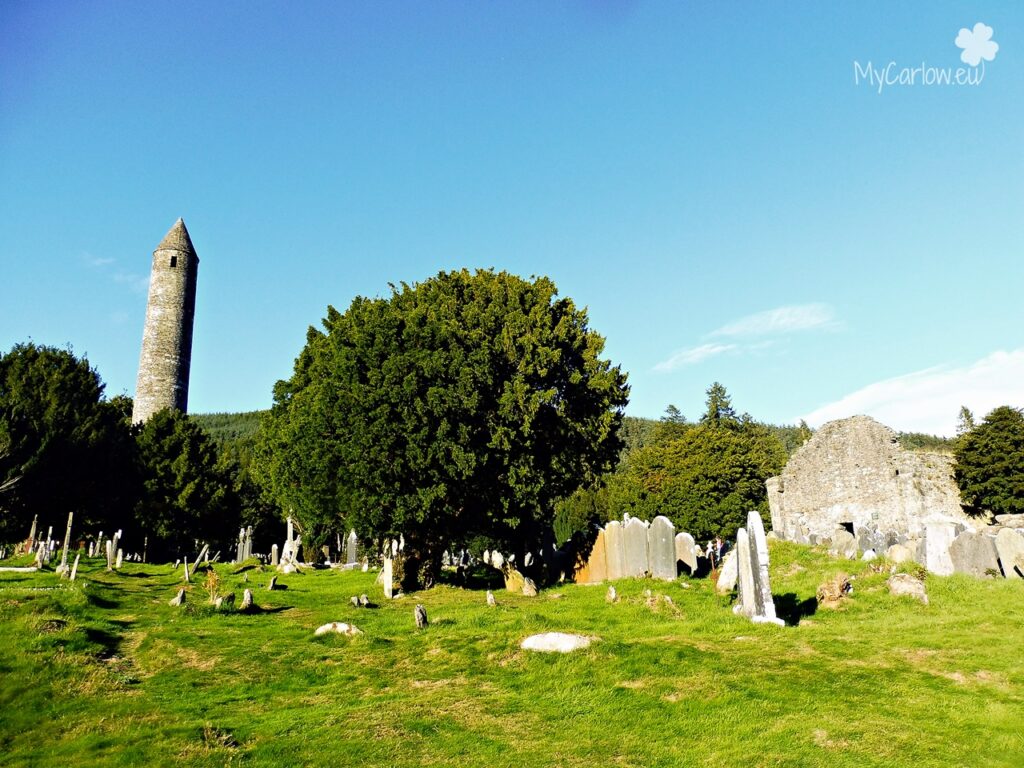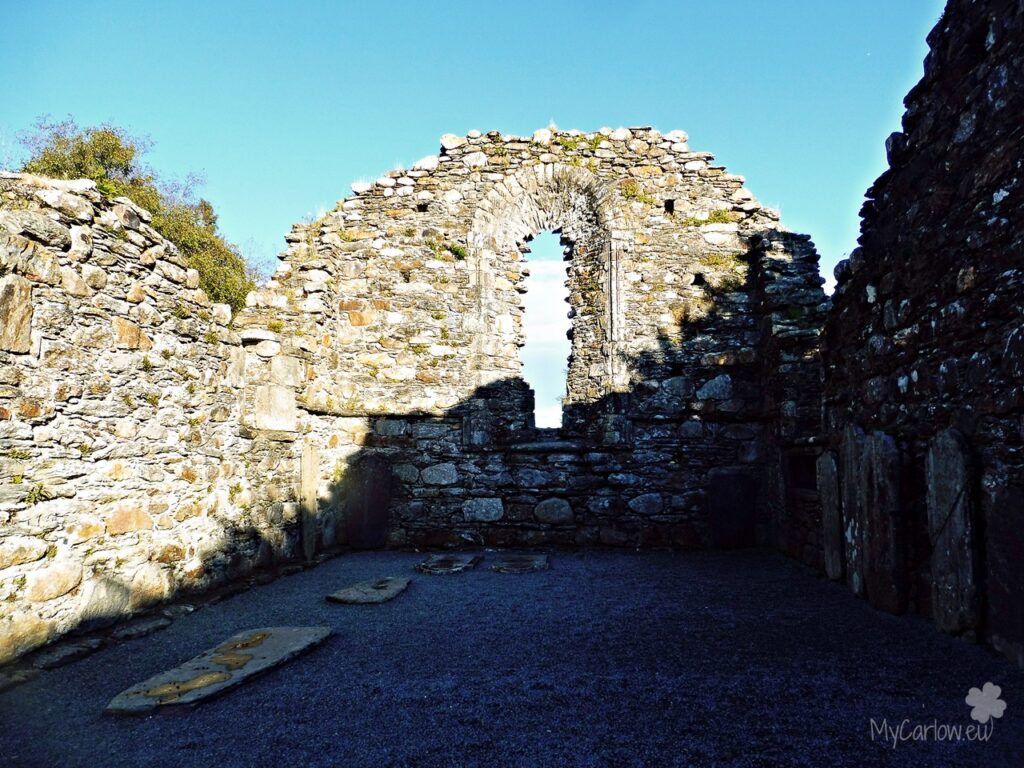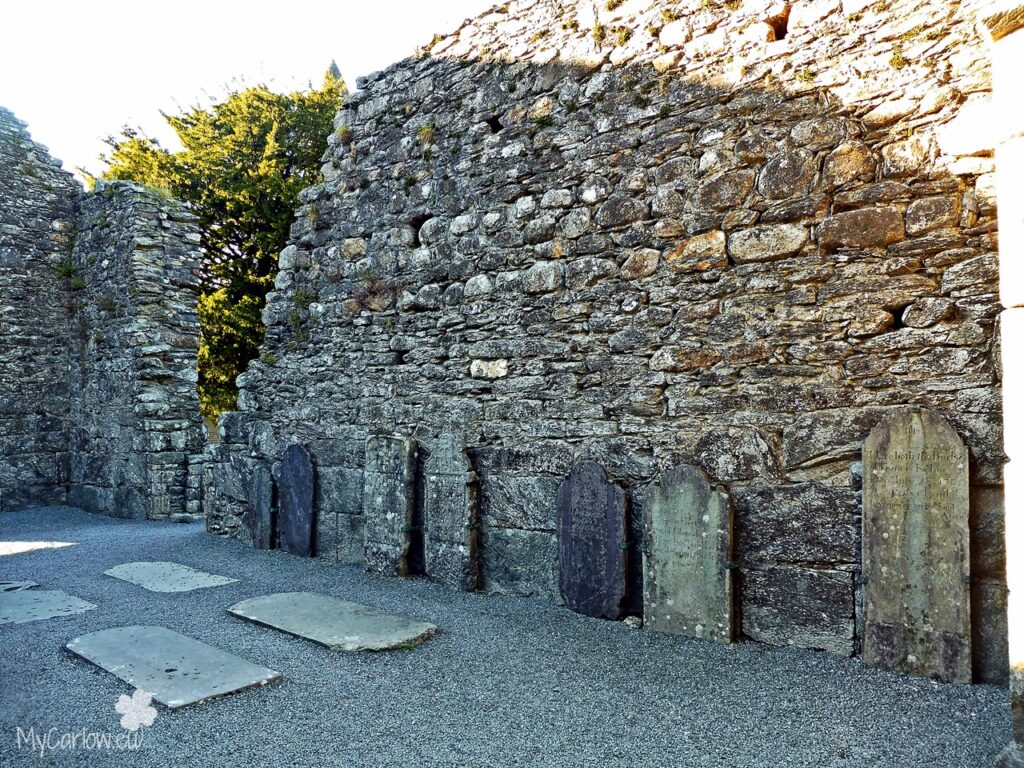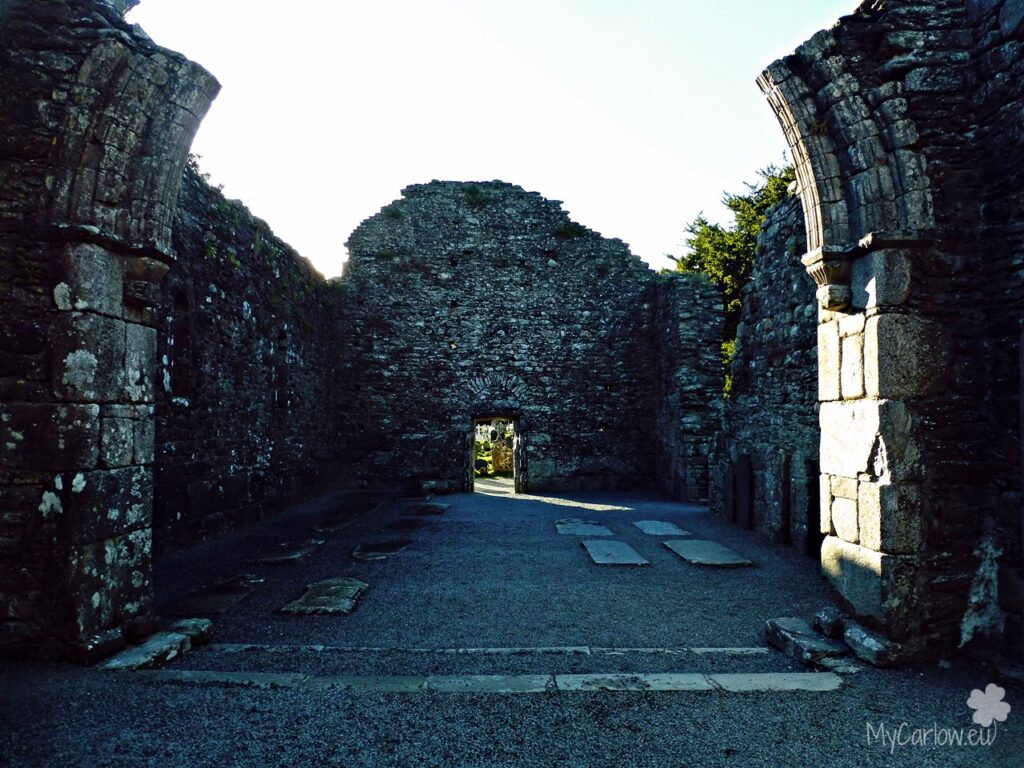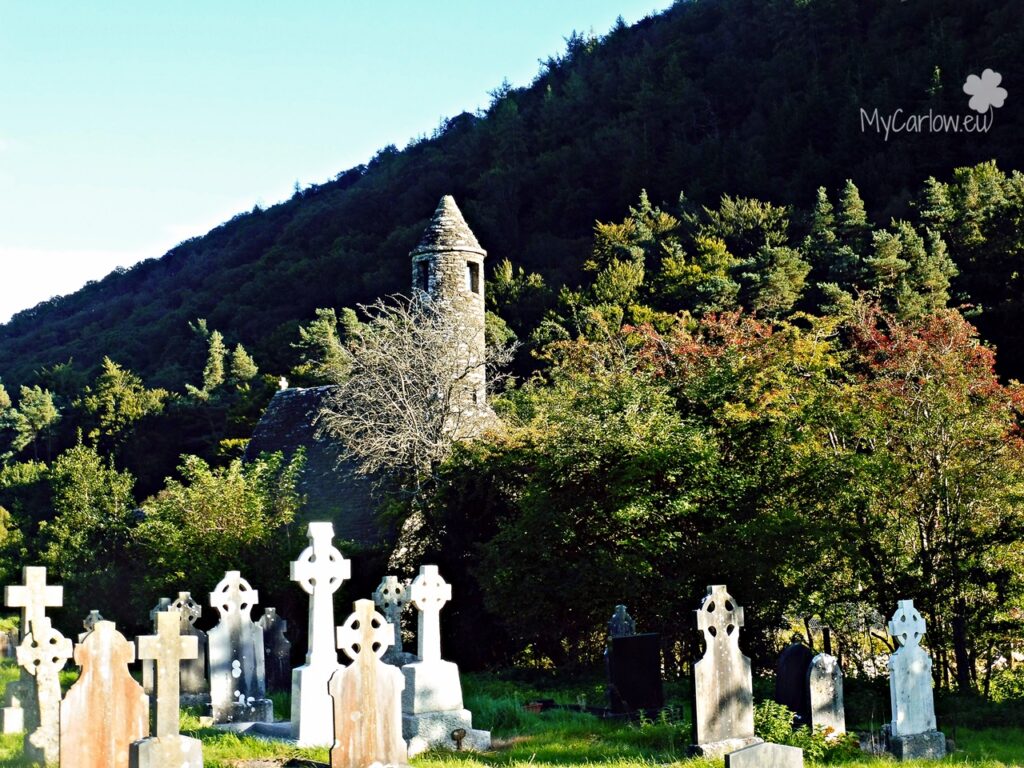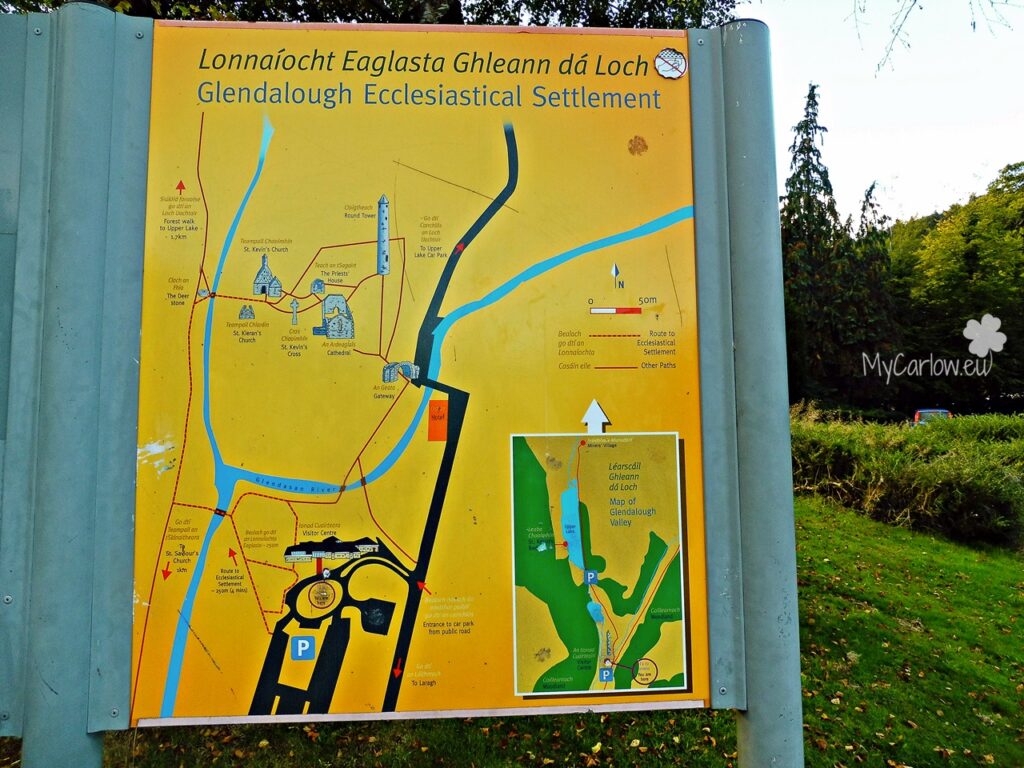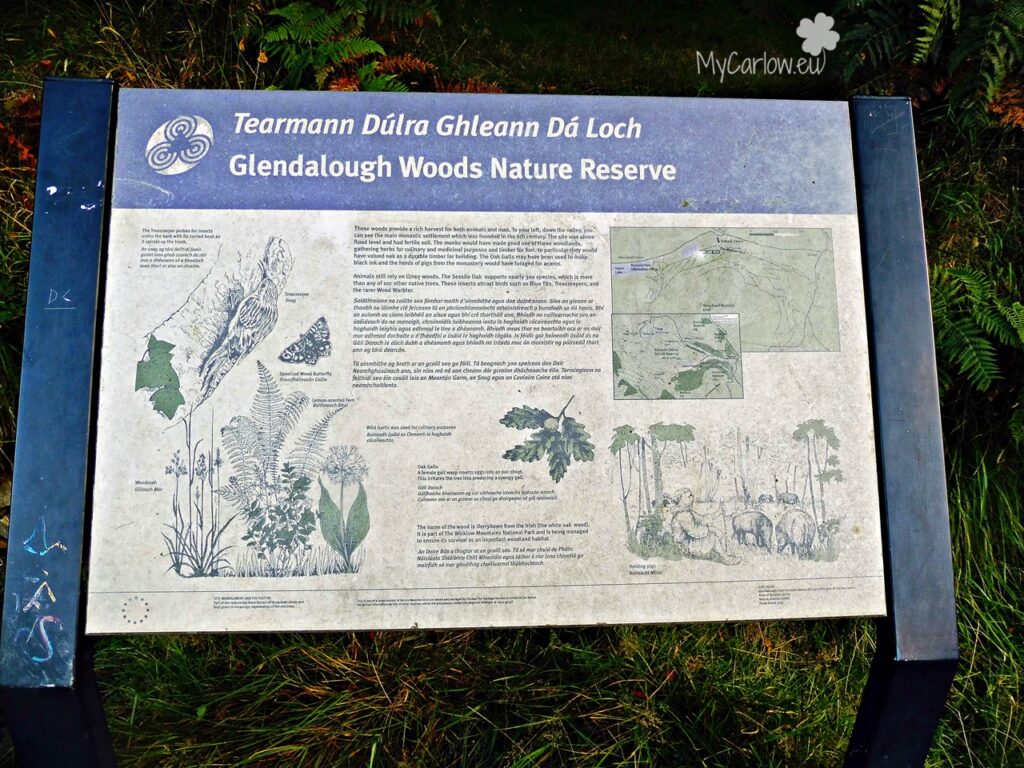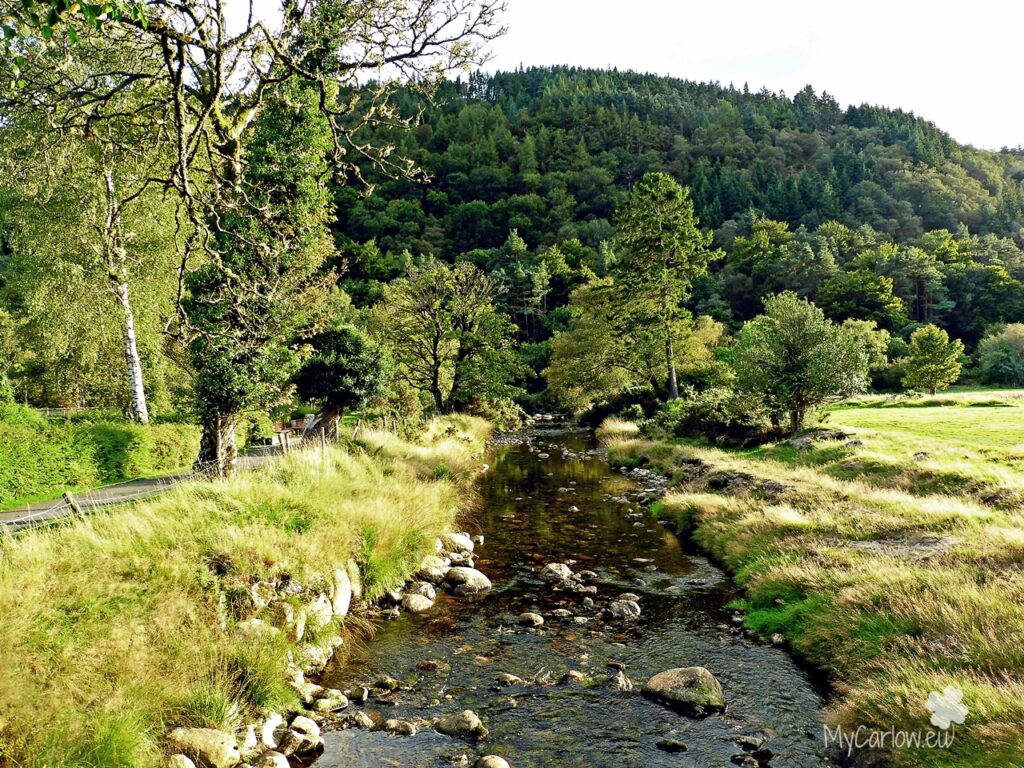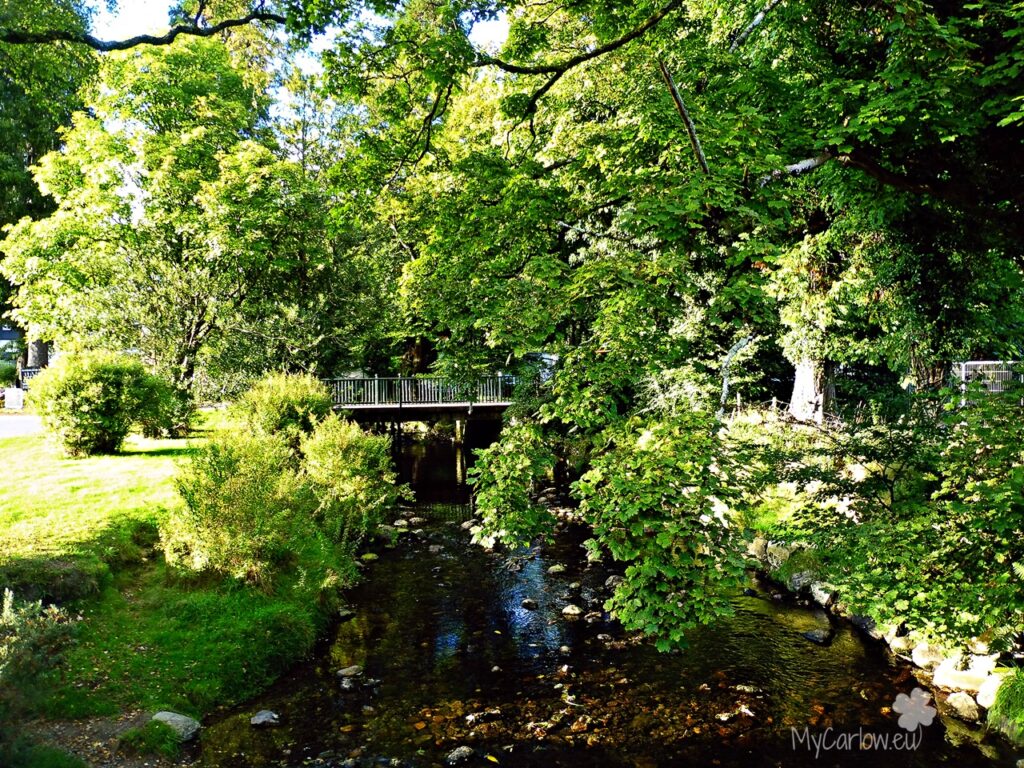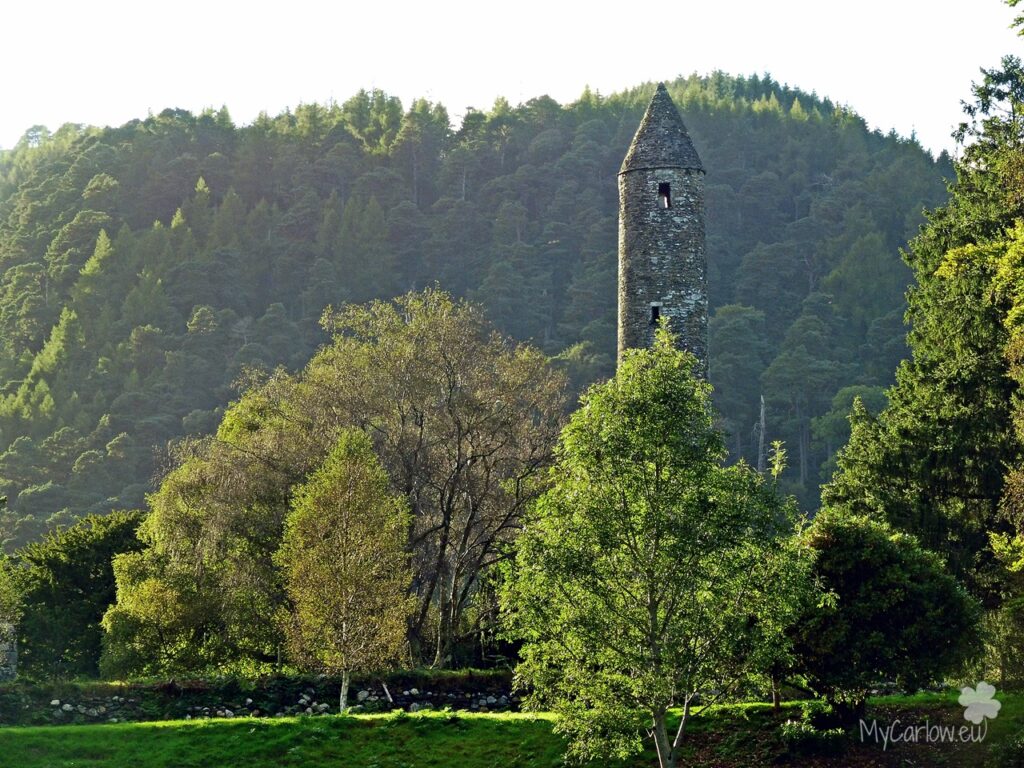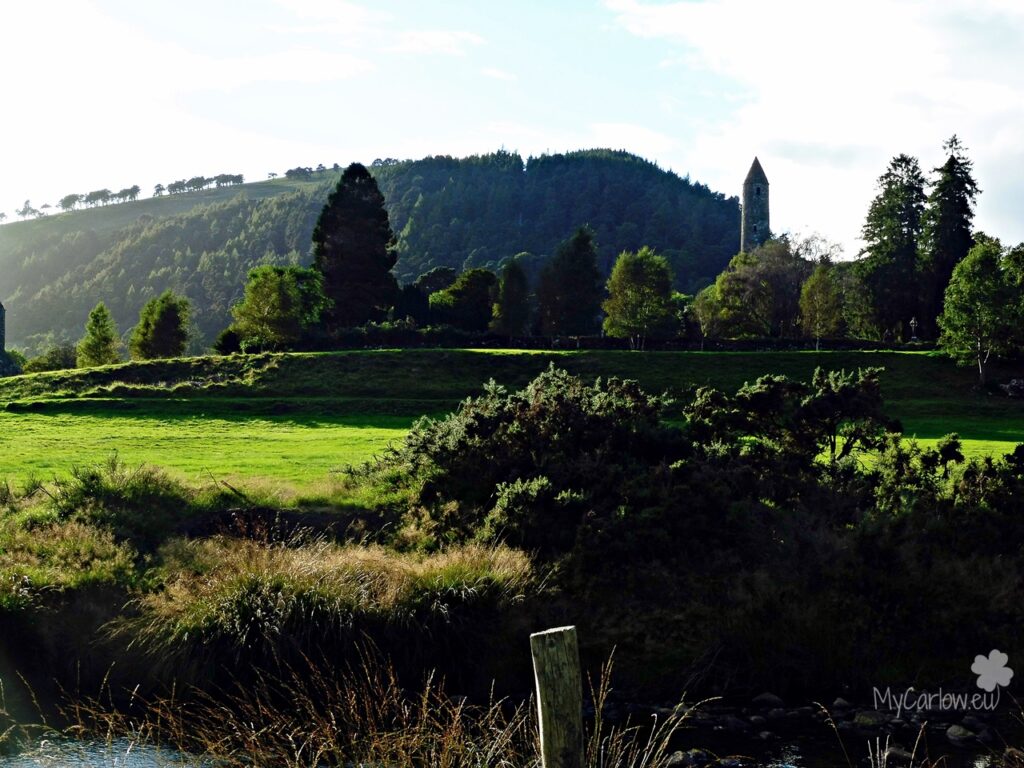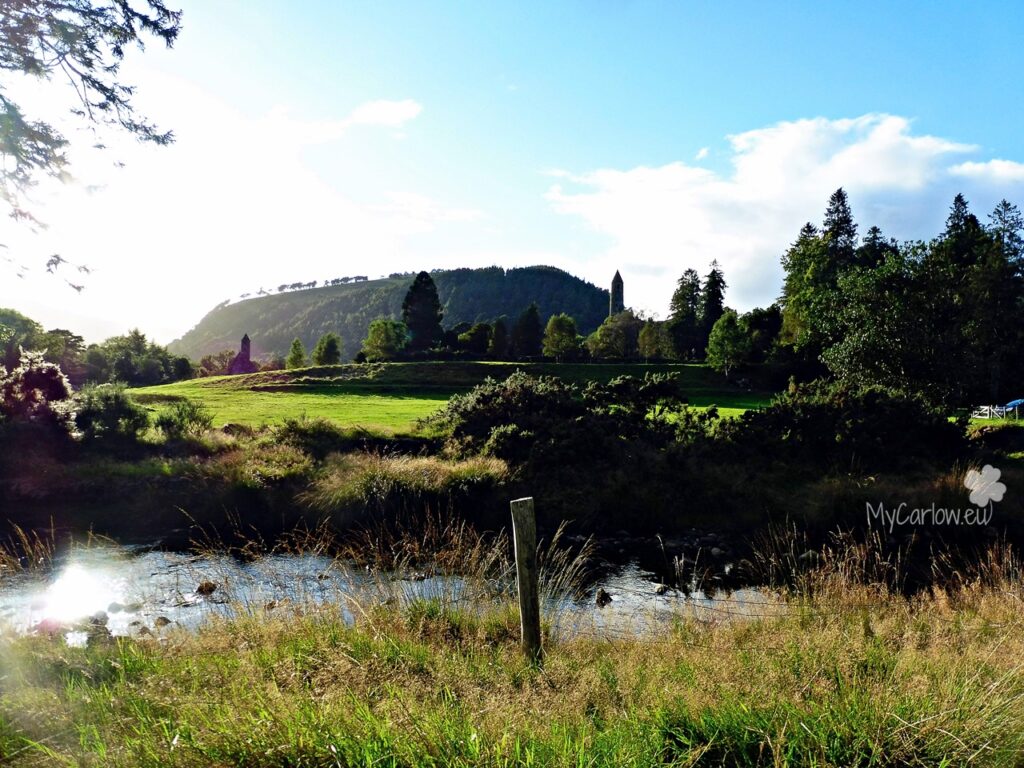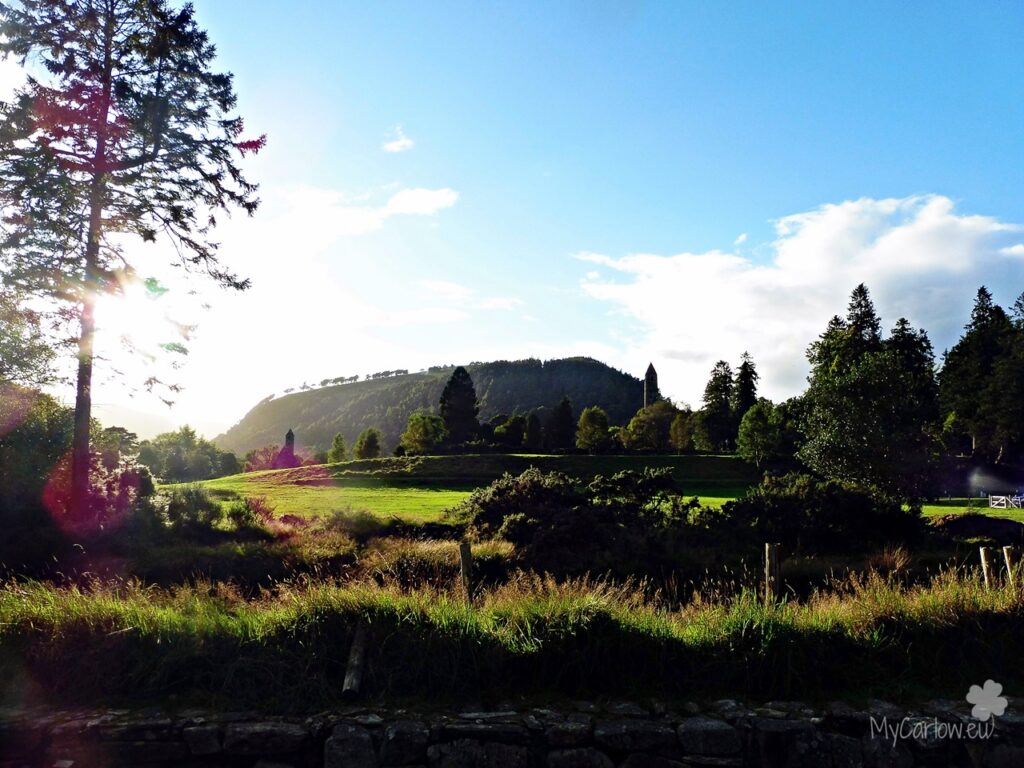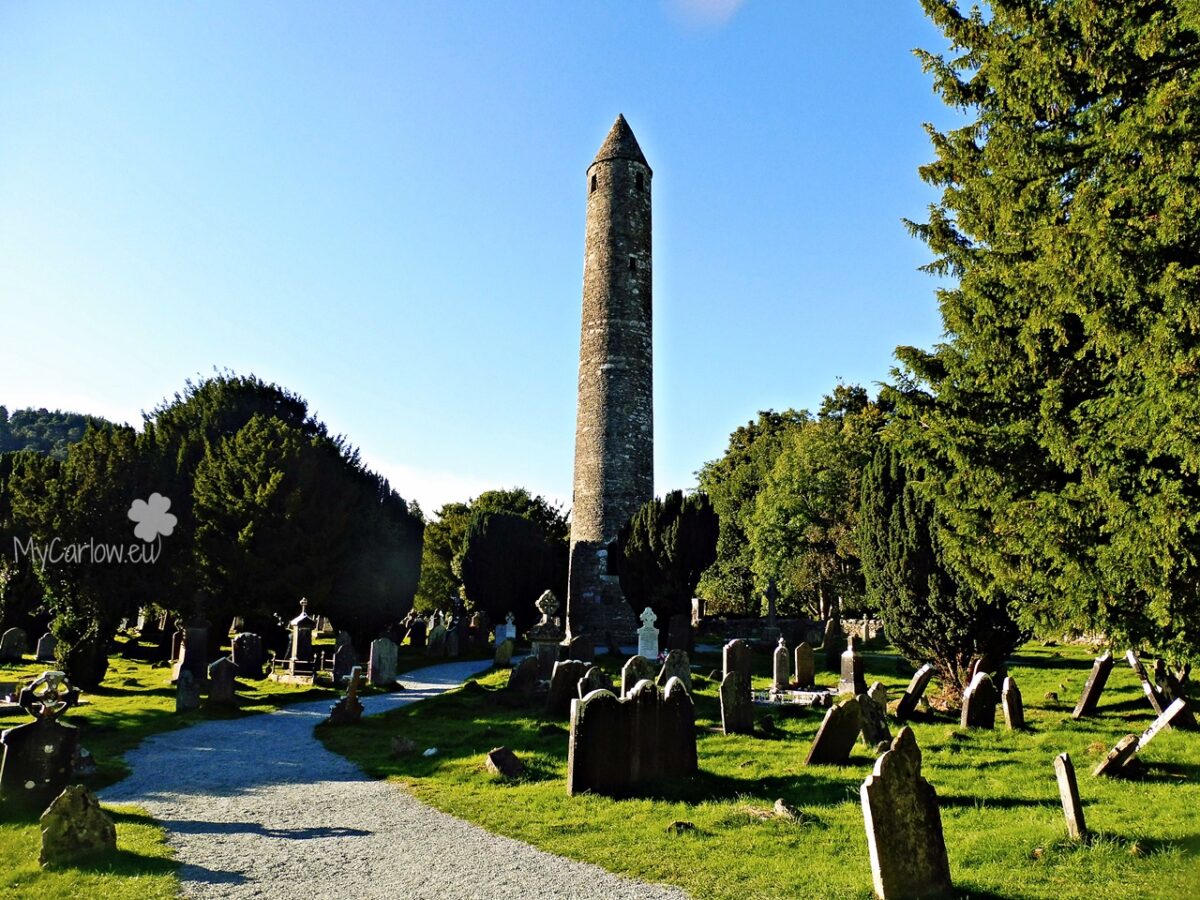
On my visit in September 2021, I explored Glendalough’s Monastic Sites with Round Tower. It is the historical focal point of Glendalough Valley and the starting point for most visits to the area.
One of Ireland’s iconic and most beautiful visitors destinations is Glendalough in County Wicklow.
Glendalough in Irish: Gleann Dá Loch, meaning “Valley of two lakes” is a glacial valley located in the Wicklow Mountains National Park.
Often referred to as “Ireland in a nutshell” because you can see all of Ireland’s most distinctive features in one place. Glendalough has many attractions to entice visitors. From its world-famous Monastic Sites with Round Tower to its scenic lakes (Lower Lake and Upper Lake) and valleys. As well as a selection of walks and trails in the area including The Wicklow Way.
For over a thousand years Glendalough is a very popular destination for pilgrims and visitors from all over the world. Has over a million visitors a year.
The first time I`ve been to Glendalough was in May 2015 and it was a memorable trip.
Glendalough is home to one of the most important monastic sites in Ireland.
Founded by St. Kevin in the 6th century as an early Christian monastic settlement. And from this developed the ‘Monastic City’.
In the latter part of the sixth century, St. Kevin crossed the mountains from Hollywood to Glendalough. Within 100 years, the area had developed from a remote hermitage into one of the most important monastic sites in Ireland. The monastery continued to flourish after St. Kevin’s death in 617 A.D.
The ‘Monastic City’ consists of a number of monastic remains.
The most impressive is the Round Tower which stands 30m high. The main group of monastic buildings lies downstream near the Round Tower. The grounds were entered through the Gateway has two round-headed granite arches.
The Gateway to the monastic city of Glendalough is one of the most important monuments, now totally unique in Ireland. The building was originally two-storeyed, probably with a timber roof. Inside on the west wall, is a cross-inscribed stone. Visitors entering the Monastic City from the road still pass through this ancient entrance. And walking on some of the original stone paving.
Perhaps the most noticeable monument, the Round Tower is about 30 meters high.
The entrance is about 3.5 meters from the base. Originally there were six wooden floors with ladders. The roof had fallen in many years ago but was rebuilt in 1876 using the original stone. Round towers were multi-functional. They served as landmarks for visitors, bell towers, storehouses, and as places of refuge in times of attack. The Round Tower at Glendalough is considered by many to be one of the most finely constructed and beautiful towers in Ireland.
Constructed in several phases the Cathedral is the largest of the churches.
Of note, is an aumbry or wall cupboard under the southern window. And a piscina – a basin used for washing sacred vessels. Outside the Cathedral is St. Kevin’s Cross – a large early granite cross with an unpierced ring.
The Priest’s House is a small Romanesque building that was almost totally reconstructed using the original stones in 1779. The east end has a decorative arch. The original purpose of the building is unknown. But it may have been used to house the relics of St. Kevin. Used as a place to inter priests in the 18th and 19th centuries.
St. Kevin’s Church or “Kitchen” is most noticeable for its steep roof formed of overlapping stone, supported internally by a semi-circular vault. The Belfry has a stone cap and four windows facing north, south, east, and west, and is reminiscent of a round tower.
St. Kieran’s Church, only the low walls of this church remain. Uncovered in 1875 and probably commemorates the founder of Clonmacnoise, a monastic settlement that had associations with Glendalough during the 10th century.
The ruins of the ancient monastic site are scattered throughout the valley. Many are almost 1000 years old. The main sites are located in the area known as the Monastic City, beside the OPW Visitor Centre.
All the monastic ruins in Glendalough are managed by the Office of Public Works (OPW) and are not under the auspices of the National Park.
For more information visit: glendalough.ie
Location of Glendalough’s Monastic Sites with Round Tower:
Below are photos I took in September 2021.
